How time flies! It feels I just bought my Maruti Suzuki Baleno Alpha 1.2 a few months back but in reality it has been more than a year. Last February, I took delivery of my January 2016 manufactured car.
I had done an initial ownership review on Team-BHP.com which you can find here – LINK. Another review about my car is avaialble on IndianAutosBlog.com – LINK
So, last year a Pearl Arctic White Baleno Alpha 1.2 rolled into the family. Since then it has been a really pleasant journey with her. This is not a review but more of a personal approach about my experience with the car.
I am putting down answers to a few of the most frequently asked questions I get about the Maruti Suzuki Baleno. I’ll first talk about the car and then about the NEXA and after sales experience.
What do you like about the Maruti Suzuki Baleno?
It looks beautiful to me. I feel it is one of the best looking cars from Suzuki in a long time. The car looks elegant with the Liquid Flow design theme. The hatchback looks and feels big thanks to its bulbous proportions.
It has lots of space. This was one of the major reasons I opted the Maruti Baleno instead of the Hyundai Elite i20, which was my first choice. My family was able to sit in comfort because of the extra rear legroom space and the increased width at the rear bench. The boot space is also adequate for those small weekend trips.
Compared to the Hyundai Elite i20, the Baleno was packed with features and had a slight price advantage at the time of buying. Also our past experience with Maruti cars has been satisfactory.
How is the performance of the Maruti Suzuki Baleno’s engine?
Suzuki’s proved and trusted 1.2 L VVT petrol engine does duty on my Baleno Alpha. It generates 84 PS (62 kW) at 6000 rpm and a 115 Nm of torque at 4000 rpm.
The engine is really good for city driving and highway cruising. The engine is well tuned, it might not excite the enthusiastic folks with its figures but does a good job as a daily driver. The low weight of the car also adds to the peppy driving characteristics.
Power transfer to the wheels happen via the 5-speed manual transmission which serves well. The clutch is light to use but make sure that it isn’t blocked by the floor carpet.
Many owners have complained that the car doesn’t start when the ignition button is pressed or the gears clatter while shifting to reverse. The culprit usually is the floor mat, which obstructs the full travel of the clutch pedal. Use of a 3D mat or something like the 3M Nomad mats are usually the cause of this issue.
A CVT equipped petrol model is available for those who would like to have an automatic car. Maruti has now introduced the auto box in Zeta variant as well. Earlier it was available only in the Delta trim. For someone who wants a more performance oriented ride, wait for the Maruti Suzuki Baleno RS that will be available in March 2017.
What mileage or fuel efficiency do you get from your Maruti Suzuki Baleno?
My usage is mostly within the city during bumper to bumper traffic. I rarely get to shift to the 4th gear and I believe the fifth gear slot already has cobwebs in it. As a result of such driving conditions my Multi Information Display Screen shows between 9.5 kmpl to 12 kmpl.
How is the Maruti Suzuki Baleno’s built quality? Do you think it is light?
There is no doubt that the Baleno is a light car. At 865 kg for the petrol manual model, it is roughly 100 kg lighter than the Maruti Swift. The major reason for the weight reduction is the use of the next-generation platform.
The panels on the Baleno feel thin to me if I compare it with my previous car, the Ford Ikon. There is some amount of flex, especially near the front fender and headlamp area.
So does this mean the Baleno is an unsafe car? No!
What matters during a crash is how the energy will be absorbed and dispersed. Suzuki claims the new platform with Total Effective Control Technology (TECT) will successfully do the job and provide higher safety to the passengers. While all this is good to hear, I hope I never get a chance to test their claim.
Since the outer skin is a bit thin, the car is susceptible to dents. It is possible to see a dent near the fender area if someone presses themselves hard against the car. What it also means is that during a crash even at slow speeds the damage to the body seems quite big.
While my car doesn’t have them, many customers have complained about dimples especially near the door area. If you are buying a new Baleno do check this area from various angles in proper light before signing on the papers.
The interior material quality is good but they feel flimsy. The Hyundai Elite i20 no doubt has much better quality and finish. The panels also do not bend or flex like in the Baleno and hence the interior of the i20 feels much more premium.
Overall the quality of Baleno’s interior is acceptable. Since Maruti promotes it as a premium offering some more effort could have gone into enhancing the touch and feel of the materials.
How is the ride comfort of the Maruti Suzuki Baleno?
While the car is quite comfortable to sit, I expected a better ride quality from the Baleno as this is Maruti’s premium hatchback. I have a mix of experience in this department though. The car feels planted on smooth tar laid roads but the suspension feels bouncy while driving on cement roads with potholes or paver blocks.
There are many complaints regarding Baleno’s suspension across the internet. Many customers have reported of getting a free replacement for the same. Other customers who got their mid-2016 manufactured car say the suspension issue does not exist.
UPDATE – Replaced Rear Supension Shock Absorbers:
I was getting a slight noise from the rear suspension specially when the car went over a bump. The same was notified to NEXA and the complaint was forwarded to the service center.
Upon inspecting it was found that the rear shock absorbsers have to be replaced. Both rear units were changed under warranty and now there is no sound. As for the ride quality, there has been no difference. I do feel it is a bit stiff and not as plush as one would expect from a premium product.
How is the Smartplay system on the Maruti Suzuki Baleno?
Maruti is now providing the Suzuki Smartplay infotainment system on most of its cars in top-spec variants. It is a 7 inch touchscreen and has a WVGA TFT display. Bosch has developed the system and it runs on a Linux based OS.
It can play the audio files using the SD card, USB, AUX, iPod and Bluetooth as input. Video playback is also possible but only a few selected formats can be used. Also the handbrake has to be engaged in order to display the video.
The system has Apple CarPlay but since I don’t use an iPhone the function remains unused. MirrorLink is also provided but I haven’t been able to use that too properly.
The Smartplay system on the Maruti Ignis has Android Auto, in hope of getting it for my car, I went to the service centre to update my system with a recent release. I am currently running v750 and it does not have Android Auto. I wish Maruti releases an update soon for Baleno’s system as well.
Other functions like the Bluetooth call functionality, rear camera display work without any issues. Sometimes the remote on steering wheel as well as the touchscreen buttons become unresponsive, this happens very rarely though.
The GPS-based navigation is good but I feel it requires an update. While it functions properly the data which is provided by HERE Maps seems to be old. I installed the latest v9 version and still some of the roads in Mumbai city do not exist.
The Baleno’s navigation system is not entirely reliable. There were situations where I got lost following its directions. Thanks to Google Maps I was able to find my way back.
Also I have noticed a problem with a Samsung S7 Edge phone. When connected to the USB port, the phone switches to MirrorLink mode. The screen goes blank and becomes unresponsive. The system will show the phone as connected but the display will be blank without any apps. So using a Samsung phone while charging via the USB slot is not possible.
How are the headlights of the Maruti Suzuki Baleno?
The Alpha model comes with HID Projector lamps and LED DRLs. It uses the Osram made 25W D8S xenon bulbs. The output is good and the lamps do their job in most conditions.
I did however face a leakage problem in both lamps during the monsoon season. They were replaced free of cost under warranty. A single assembly of these headlamps cost above Rs. 17000/-.
What do you dislike about the Maruti Suzuki Baleno?
While I like the car very much, these are some of the points that I wish Maruti could have worked on to make the Baleno an even better value for money product.
The alloy wheel design:
Most competitors provide diamond cut stylish alloy wheels, even in a segment lower than the Baleno. These rims to many look like a wheel cap from a distance.
I would have liked the same design as the one provided on the export models. While my Baleno has the alloys in silver finish, the ones sold later came with dark grey finish, similar to what comes with the Maruti S-Cross.
No illumination of the window switches:
Except the driver window, all other switches are not visible in the dark. It is the attention to such small details that could have enhanced the user’s experience further. Also Maruti has been using these switches in all of their cars for a long time. While they do the job something more stylish would have been appreciated.
The tail gate cannot be opened from inside:
I face this problem during security checks at a Mall or Hotel, where the security personnel expects the boot open. I have to guide him to find the hidden button. A pull lever or maybe a secondary button inside could have solved this inconvenience.
AC vent placement:
The right AC vent in the middle is placed such that the air flow gets directed to your left hand while you are holding the steering wheel. While aligning the vents solve this problem, the engineers could have looked into it at the design phase itself.
No engine cover provided:
While this might not affect the performance or functionality, it makes the car look incomplete when the hood is opened. The Swift that comes with the same engine gets a cover.
No underbody protection is provided:
When the bonnet is opened, the ground can be seen clearly through the huge engine bay. Given the road conditions in my city, there is always a chance of something hitting the underbody and damage the engine components. The company should come up with a protection cover and offer it at least as an accessory.
Dummy rear lamps
On the Indian-spec model the second row of tail lamps are a dummy piece. The same works as a rear fog lamp for export models. I am sure there has to be a way to get this working.
Needs better NVH
Maruti could have worked more on improving the NVH. The car is silent a major portion of the time but the engine noise seeps in at higher rpms. While I enjoy the engine’s growl, few fellow passengers have questioned if this was a diesel motor. The engineers have done a good job of keeping the vibrations to a bare minimum.
Headrest for middle row skipped on Indian model
Maruti provides this for the export model but has skipped it for the Indian variant. It acts as a safety feature along with providing comfort to the middle passenger.
No provision to store the tool kit
The pouch provided to store the tools keeps on rattling if it lies unsecured in the boot. A proper Styrofoam housing placed on the spare wheel like on the Maruti Ciaz could have solved this problem as well.
How was the NEXA Experience? What about the Maruti Suzuki after sales service for the Baleno?
The NEXA Experience has not been the way it was promised. I actually had a not-so-great time dealing with them. I’ve put down the details on the Team-BHP post in the above link. I did have a good experience with the Maruti Customer Care though. They efficiently resolved every complaint that I raised.
Being a Maruti product it allows me to go to any Maruti authorised service centre for repair and maintenance, which is good. Till date, the experience with the after sales service has been satisfactory.
It would have been nice to have some exclusive NEXA branded service centres. Maybe Maruti could start having dedicated areas for the NEXA cars in the normal service centres. At present the experience is same as what you get with a regular Maruti car as against the premium one promised by NEXA.
That’s all for now. If you have any questions or suggestions regarding the Maruti Suzuki Baleno do write them in the comments section below. You can also get in touch through one of the social media profiles or use the Contact Us page and get in touch.
Maruti Suzuki Baleno 2016 – Image Gallery
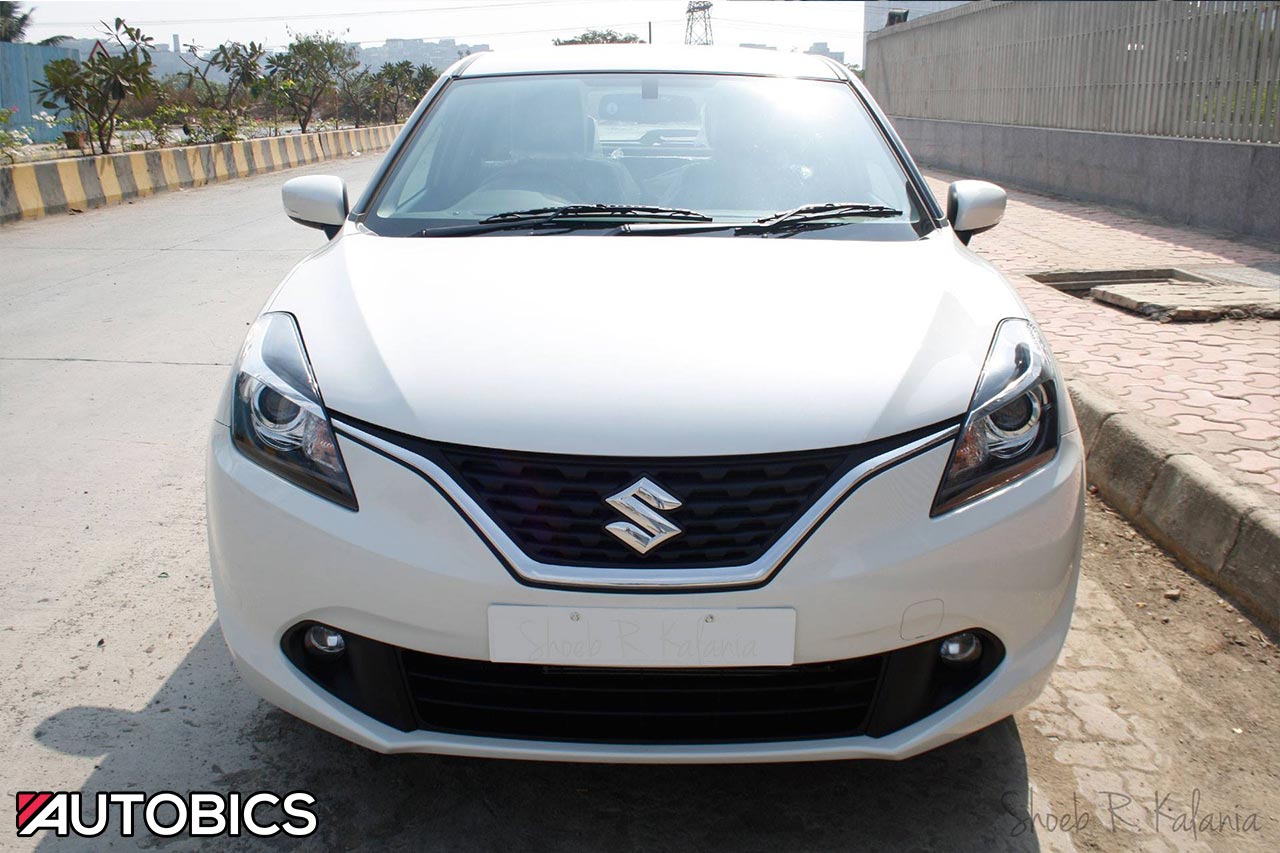
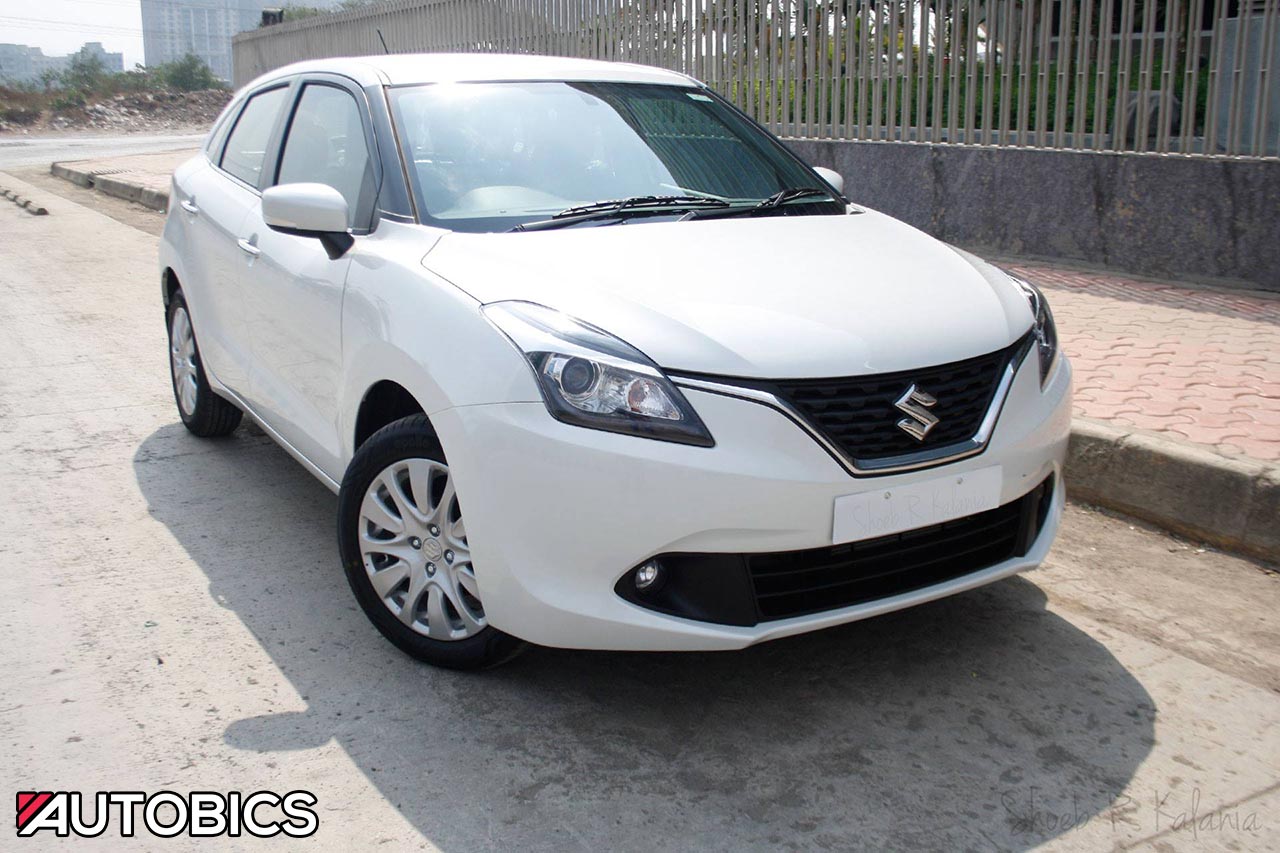
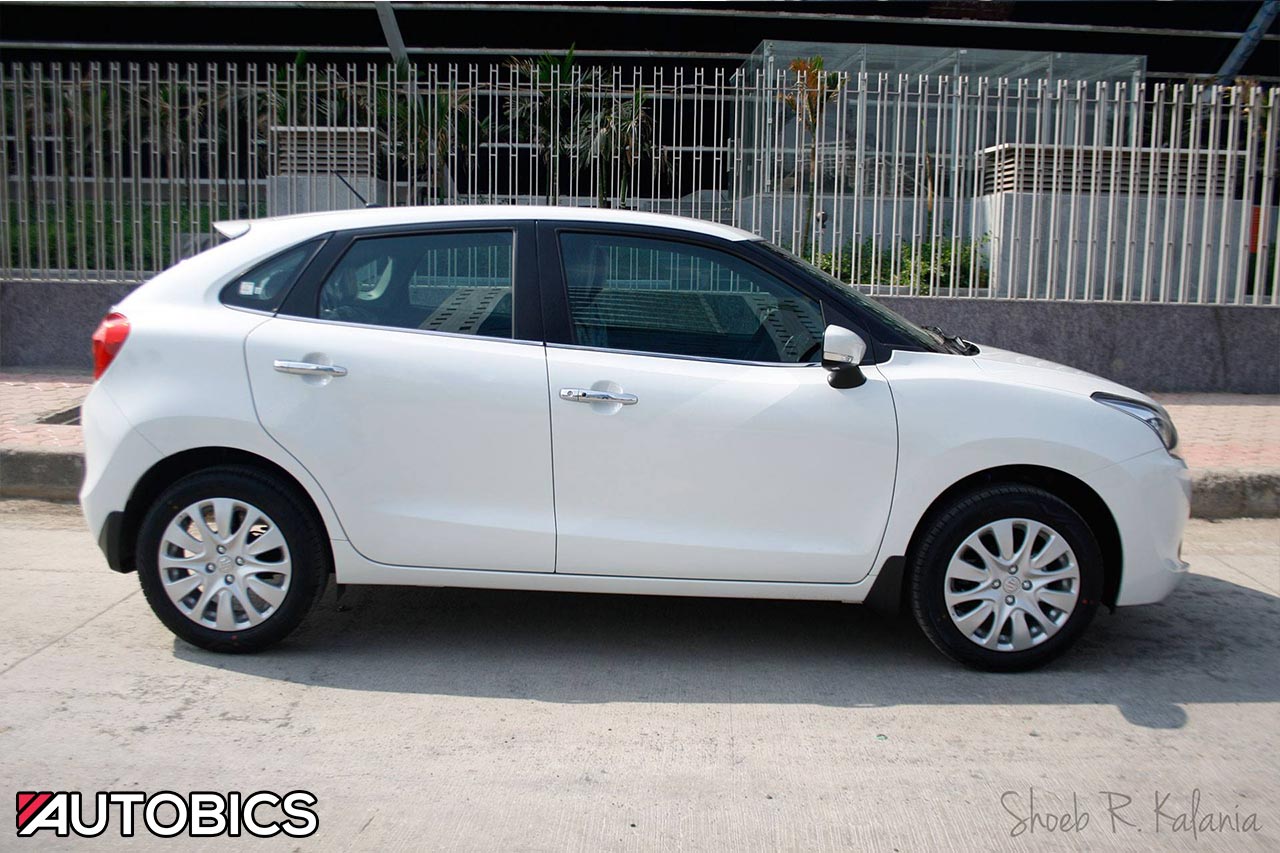

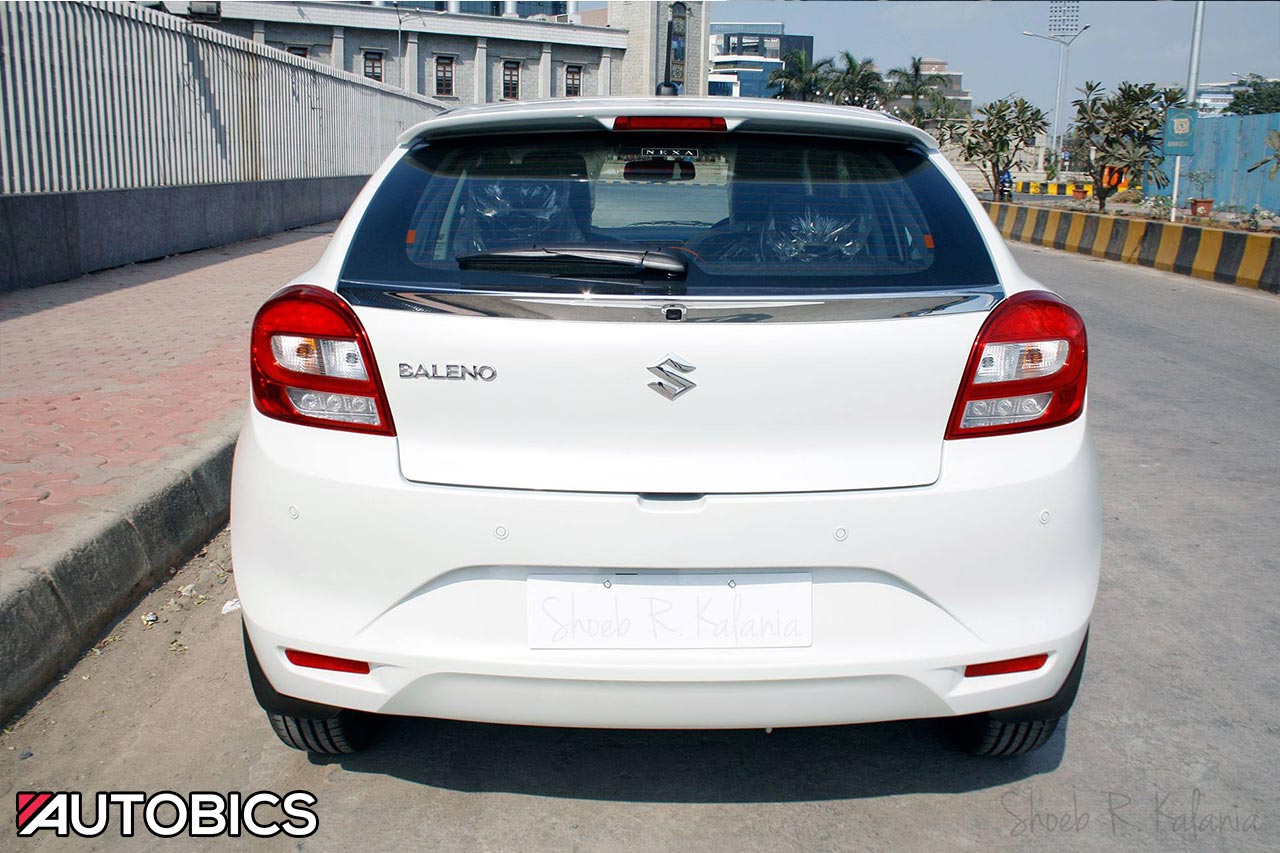
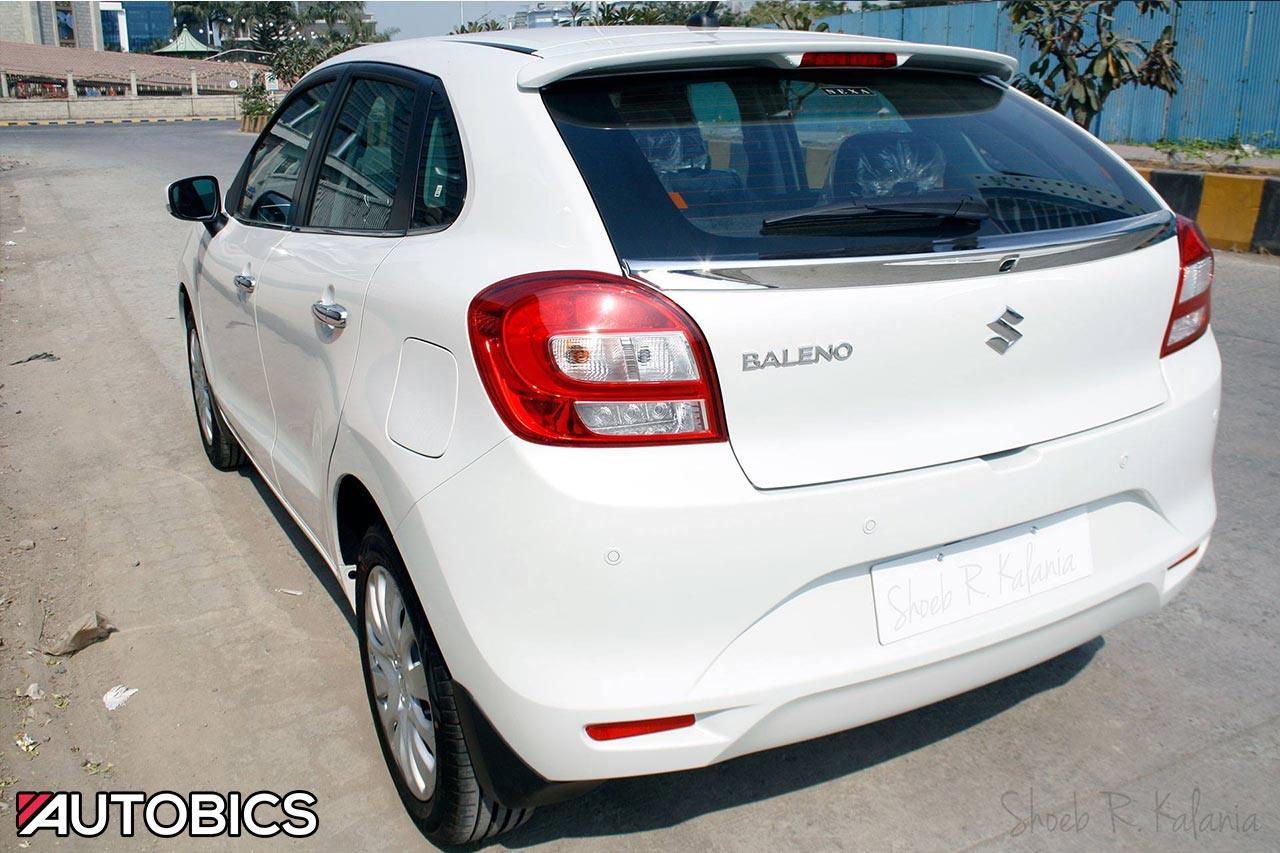
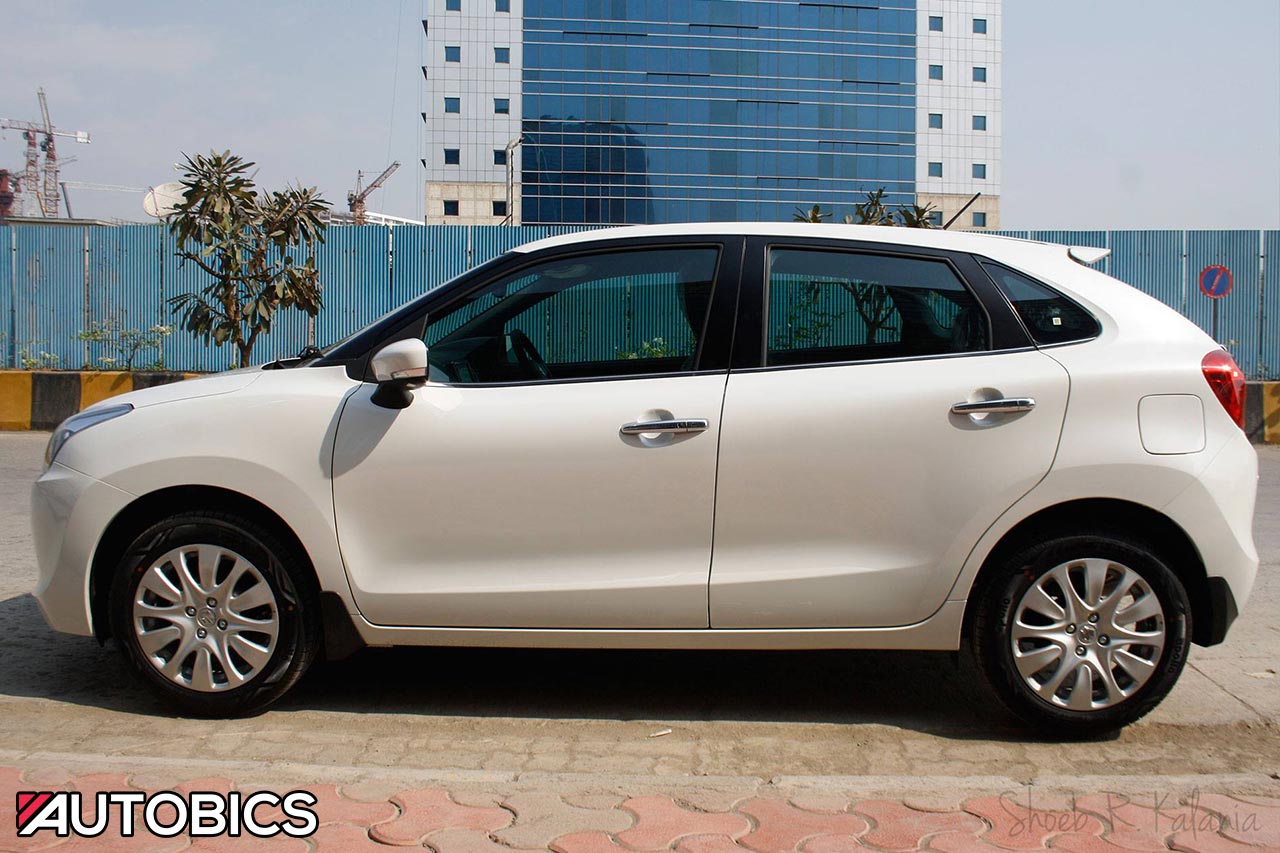

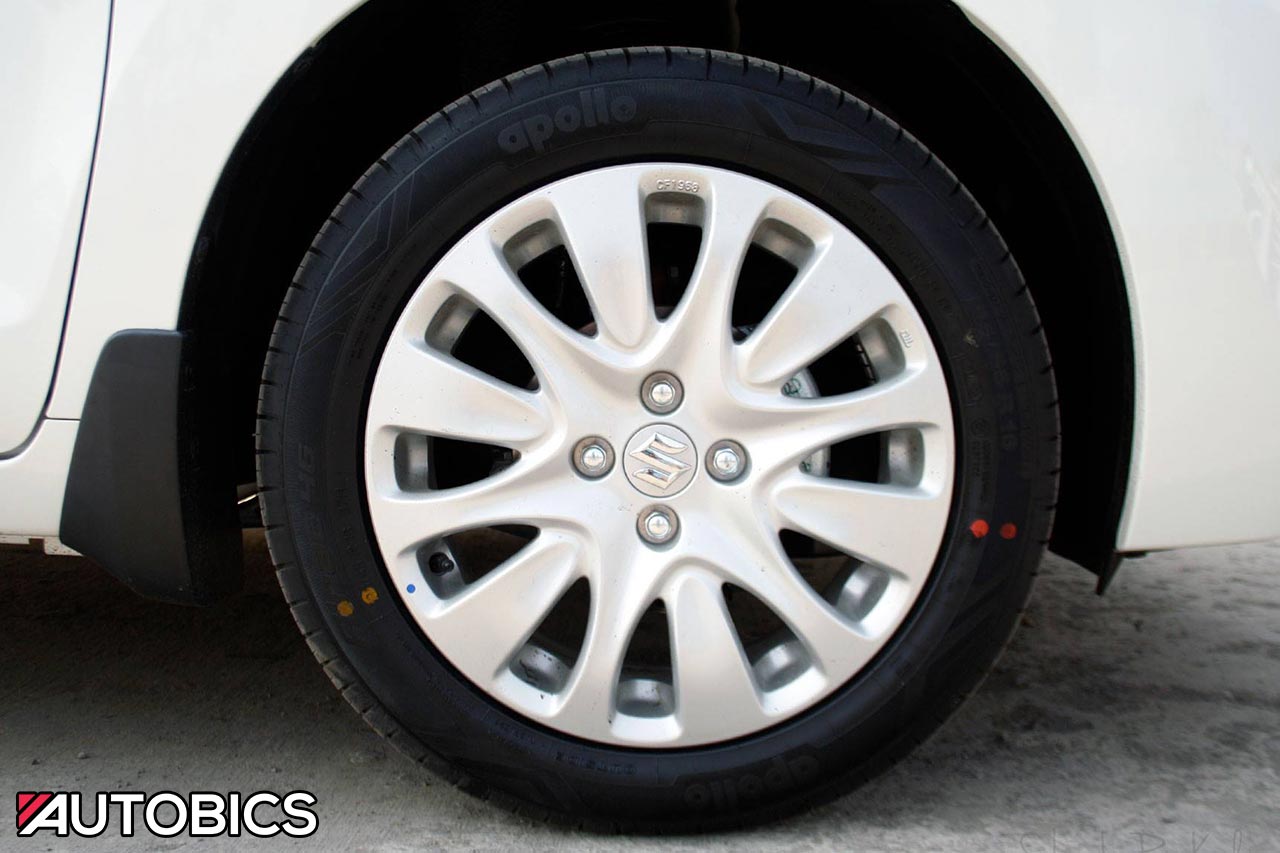
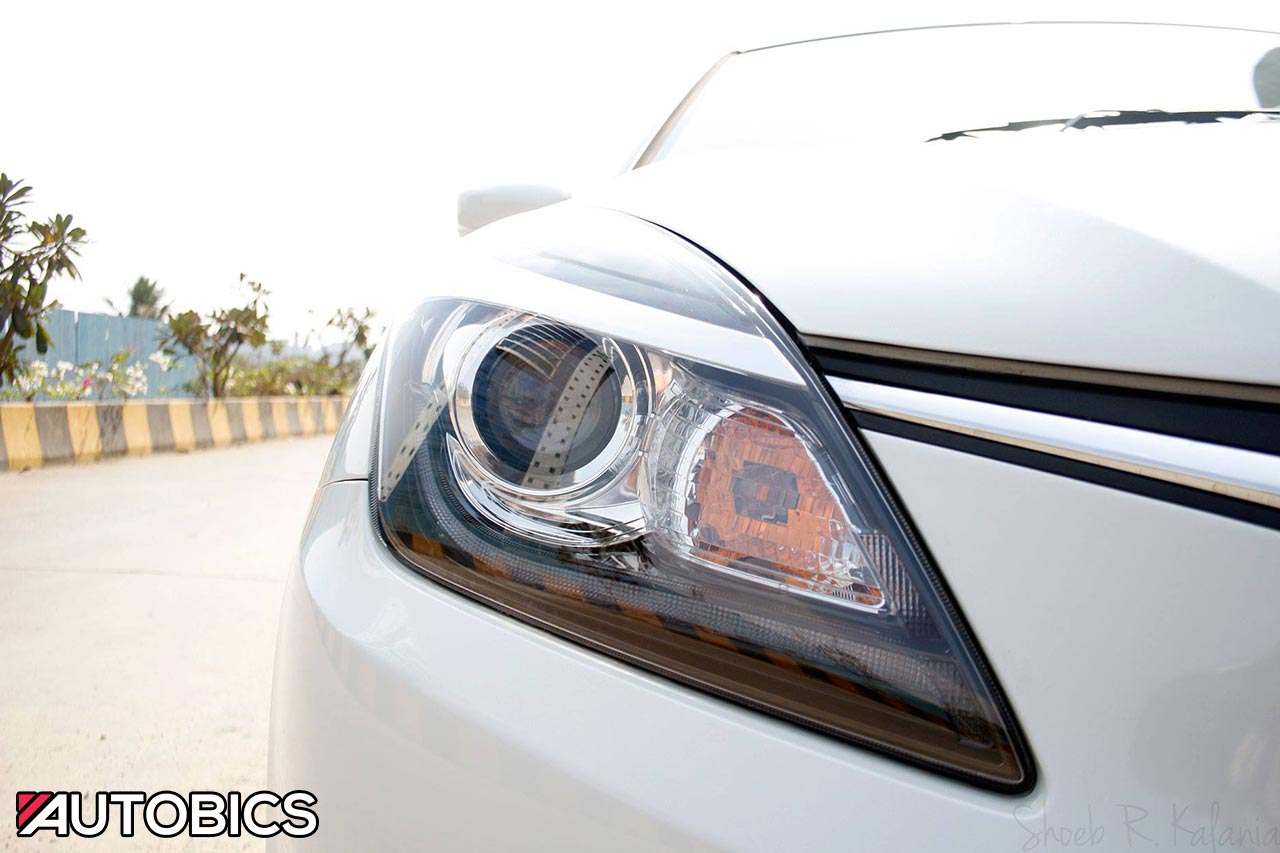
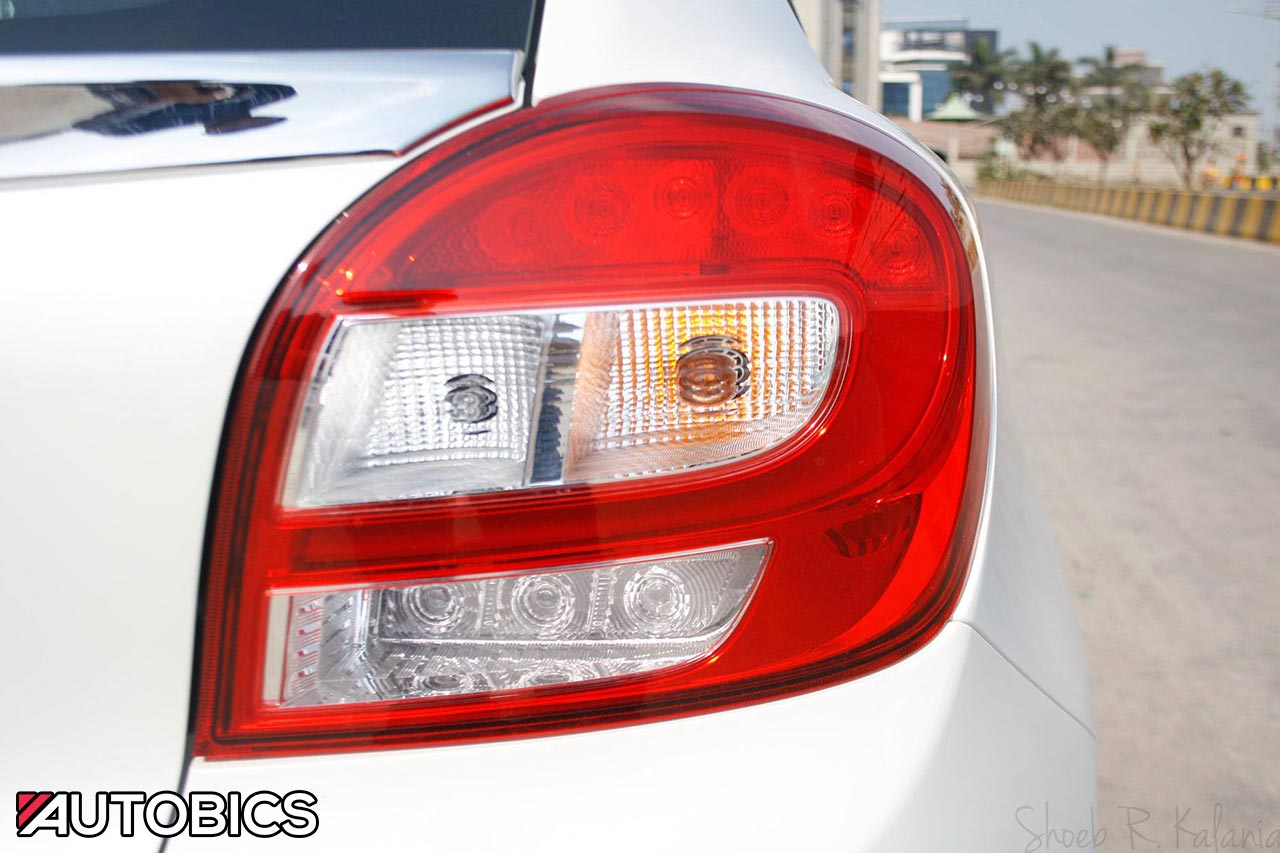
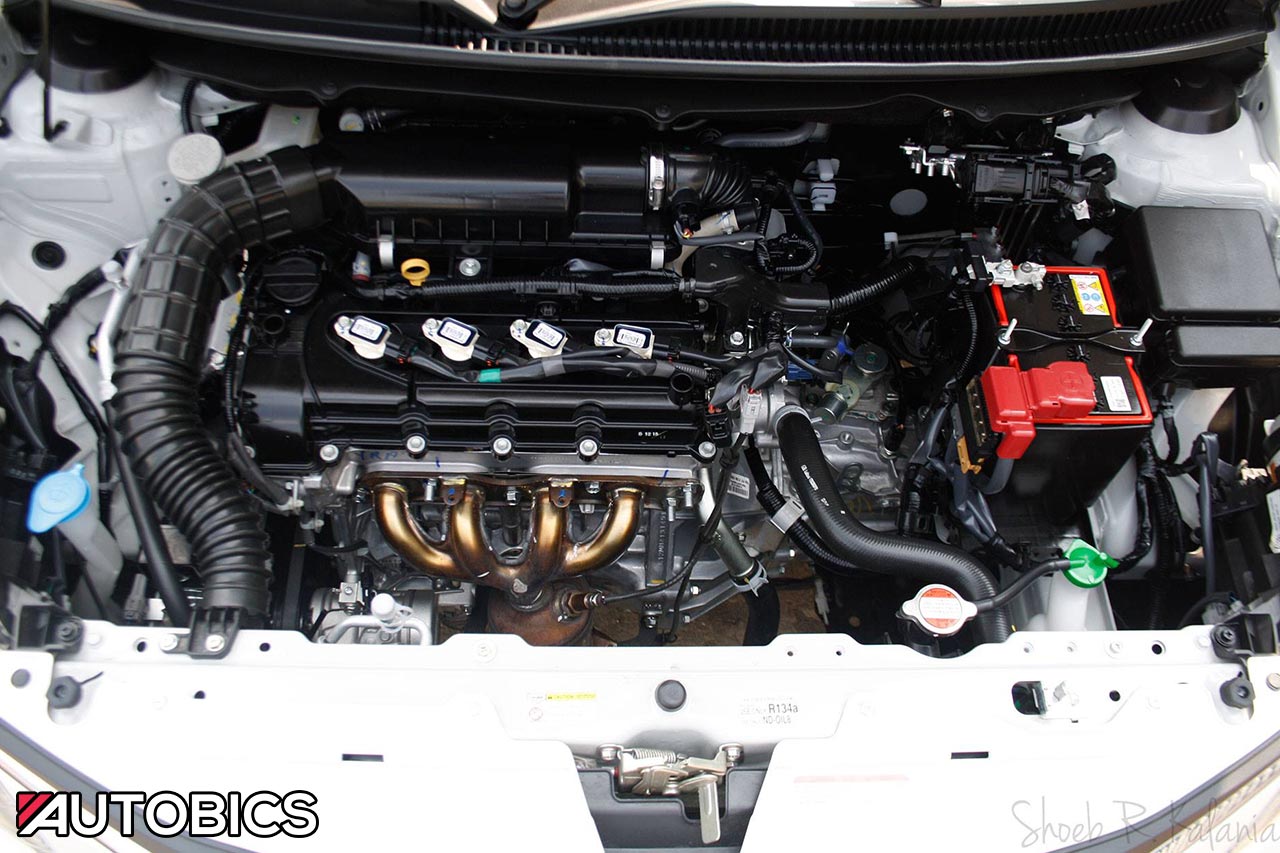
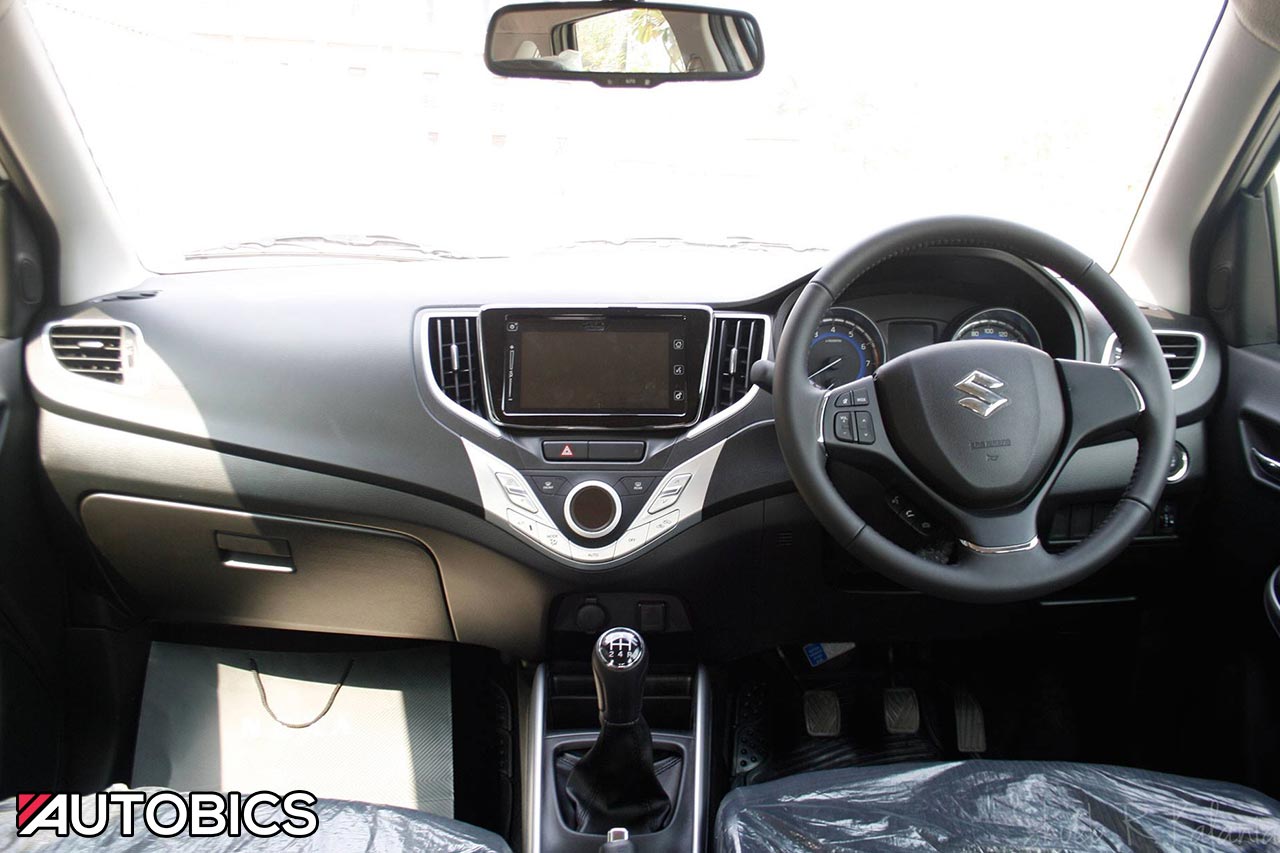
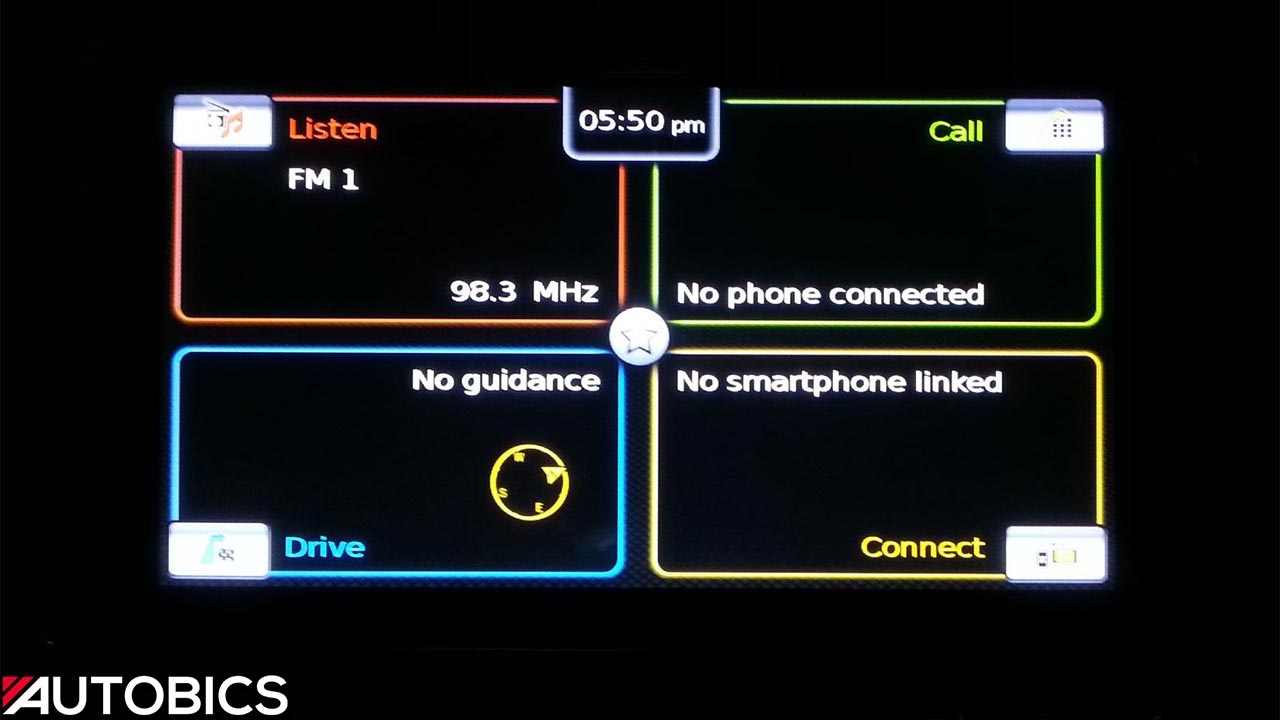
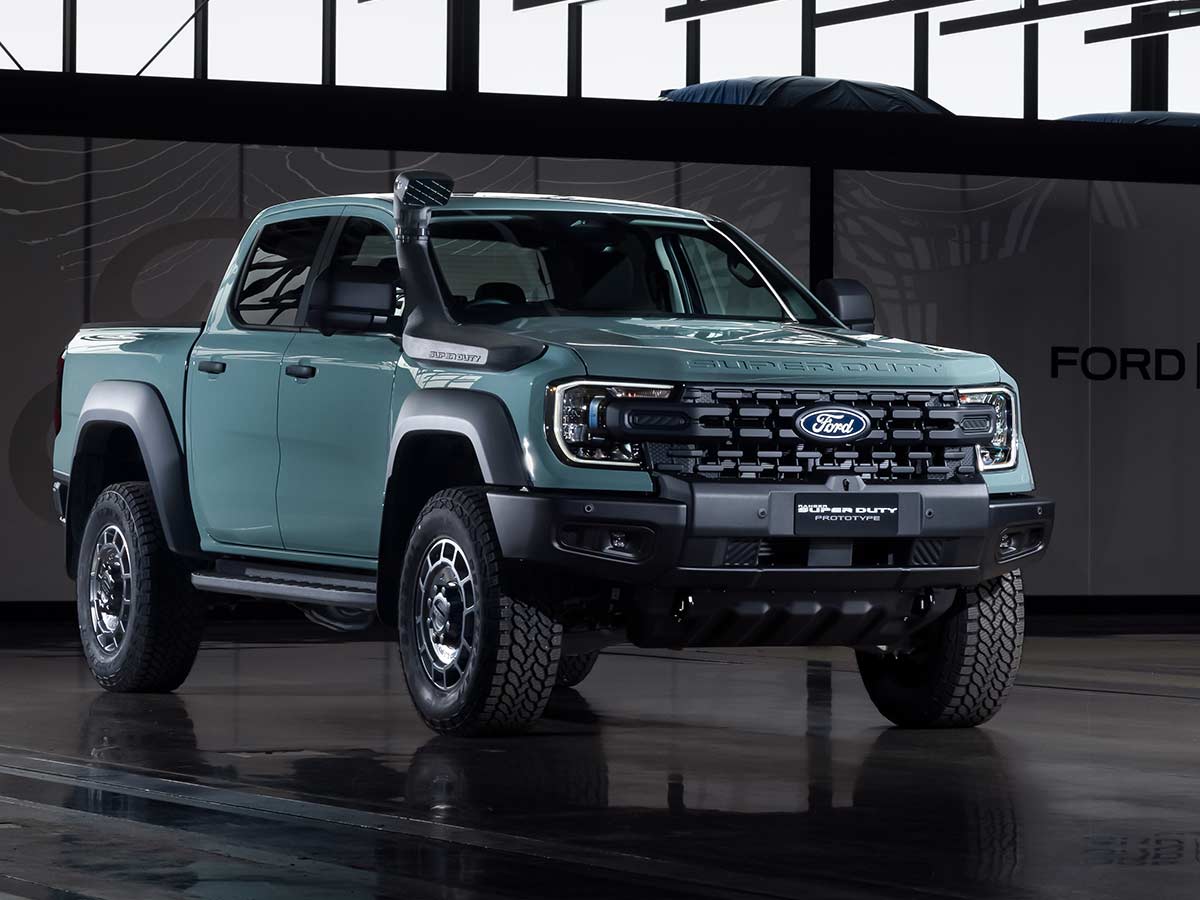

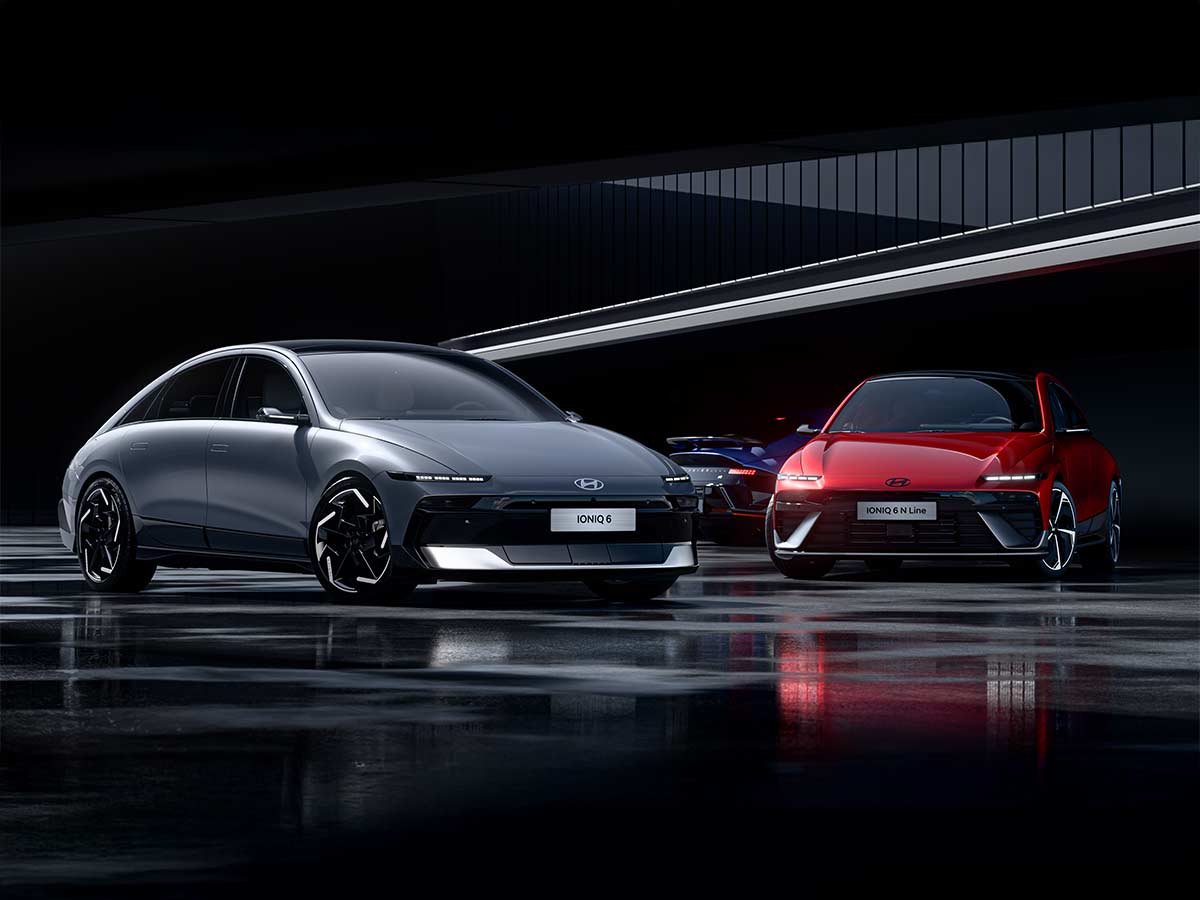




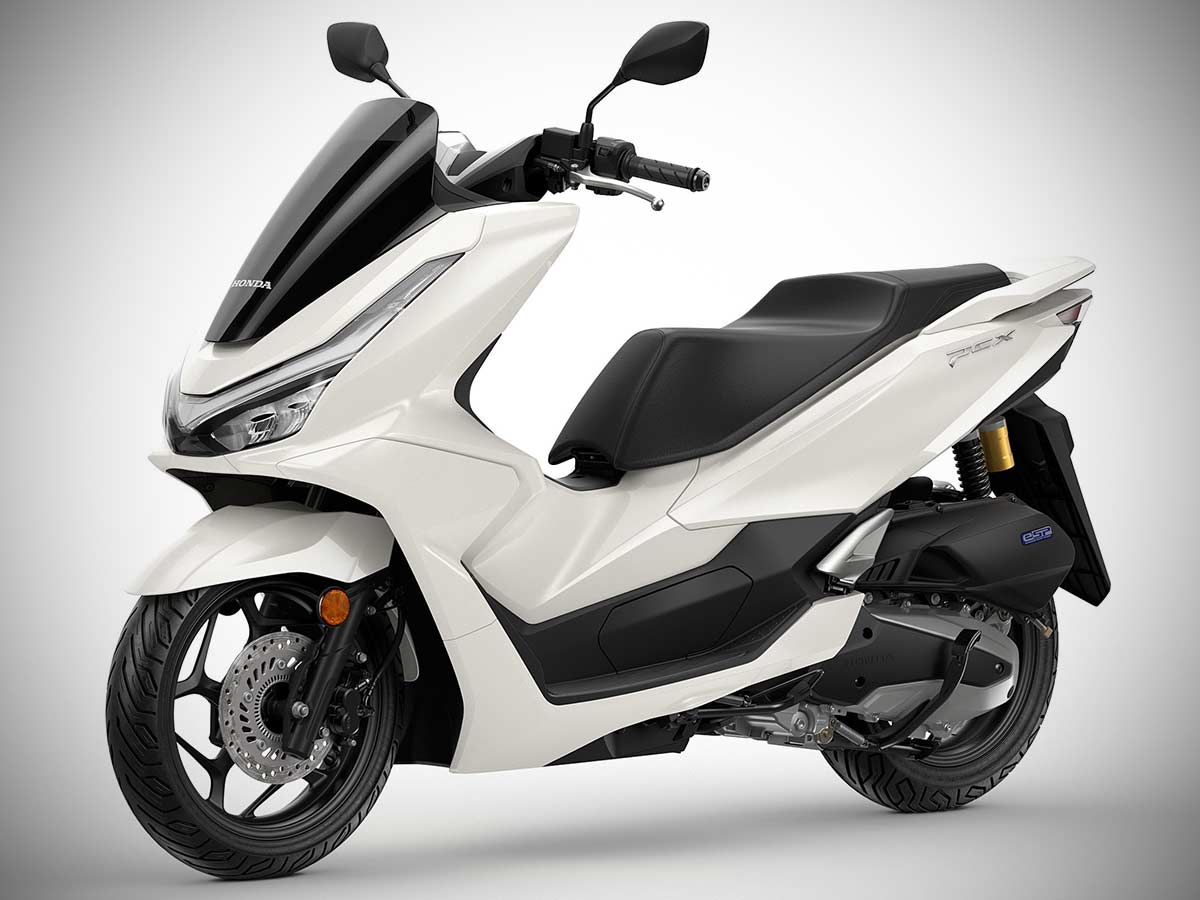

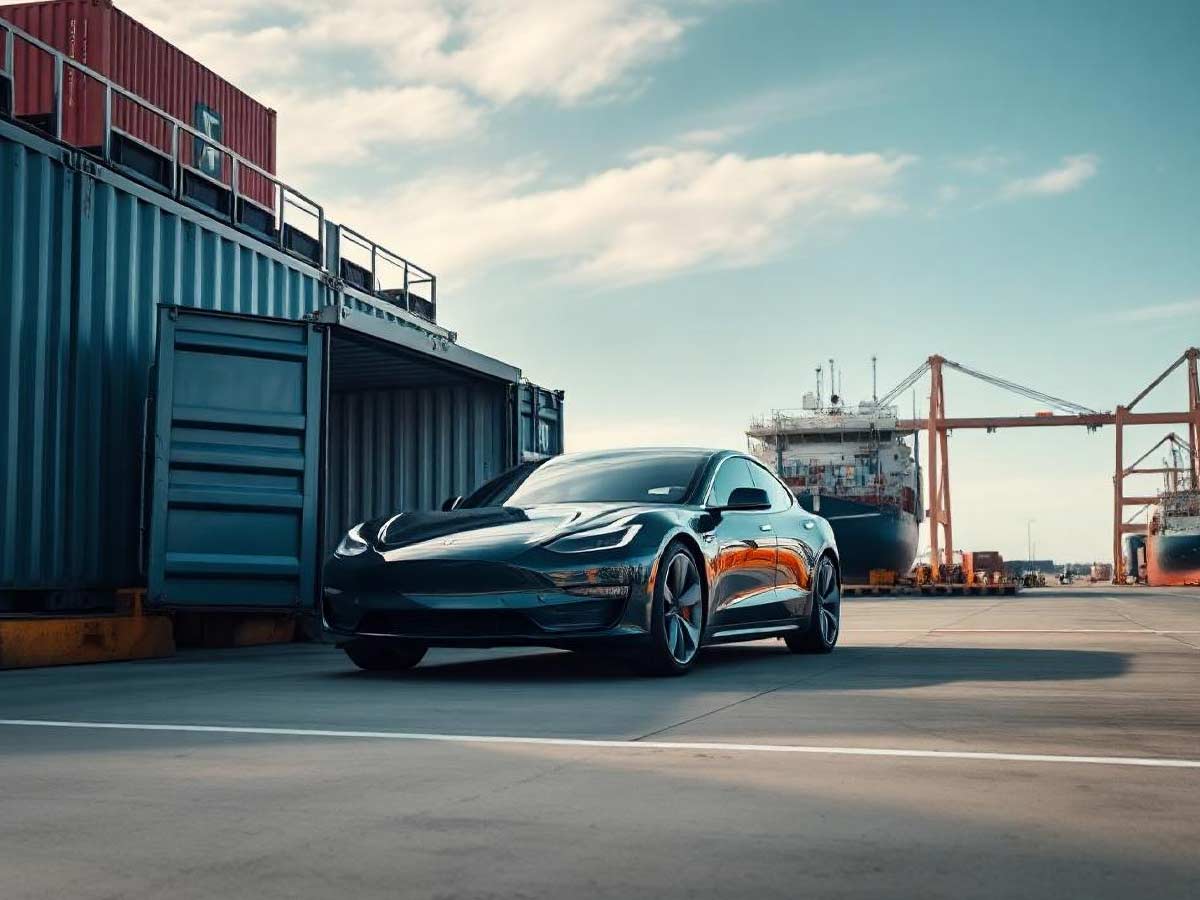
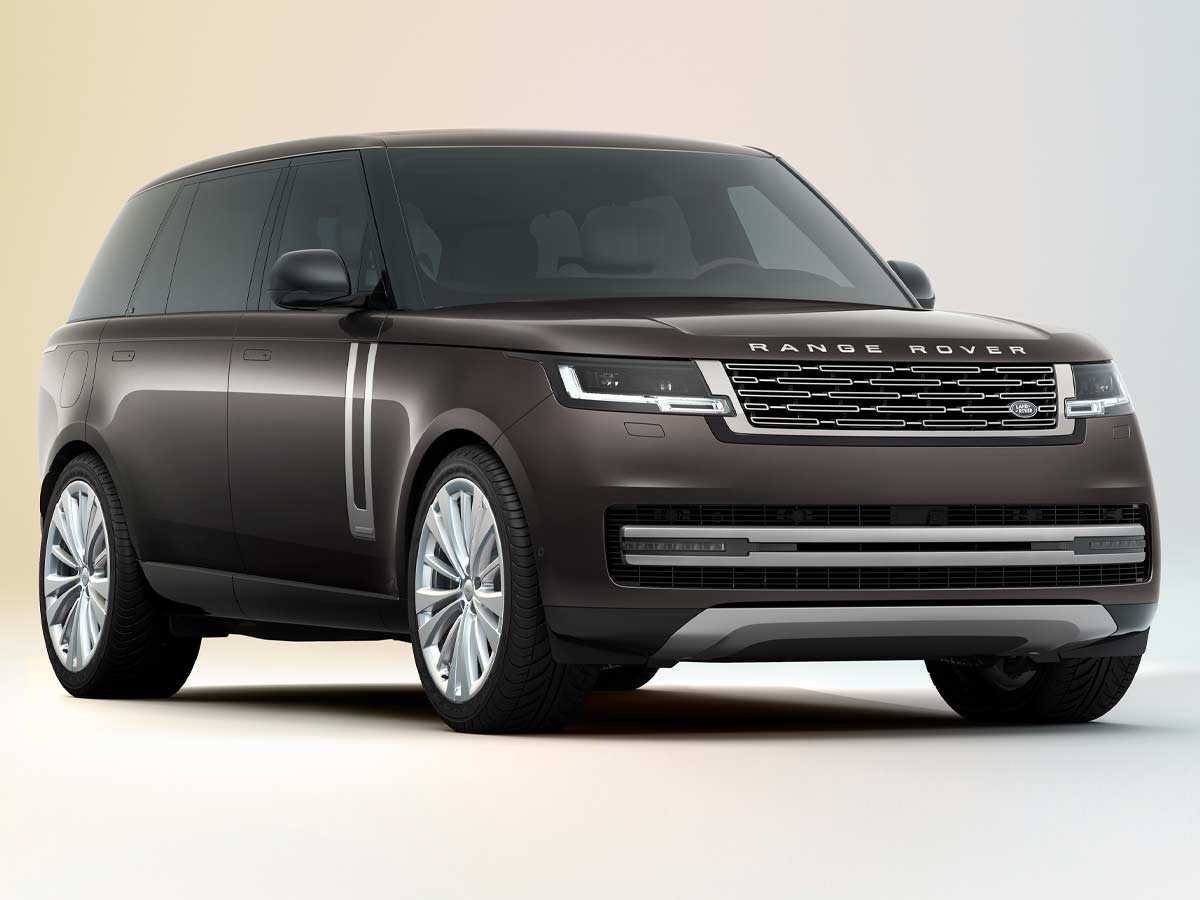
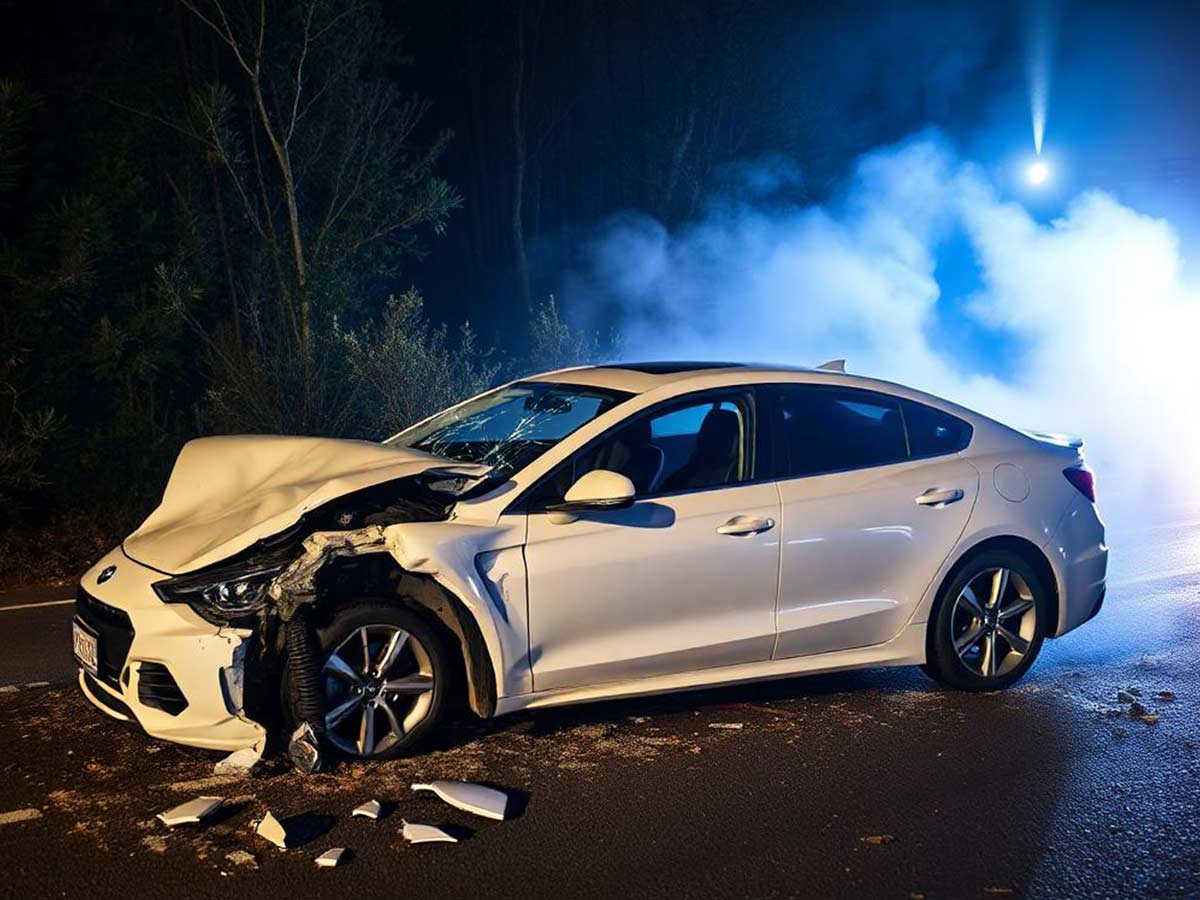

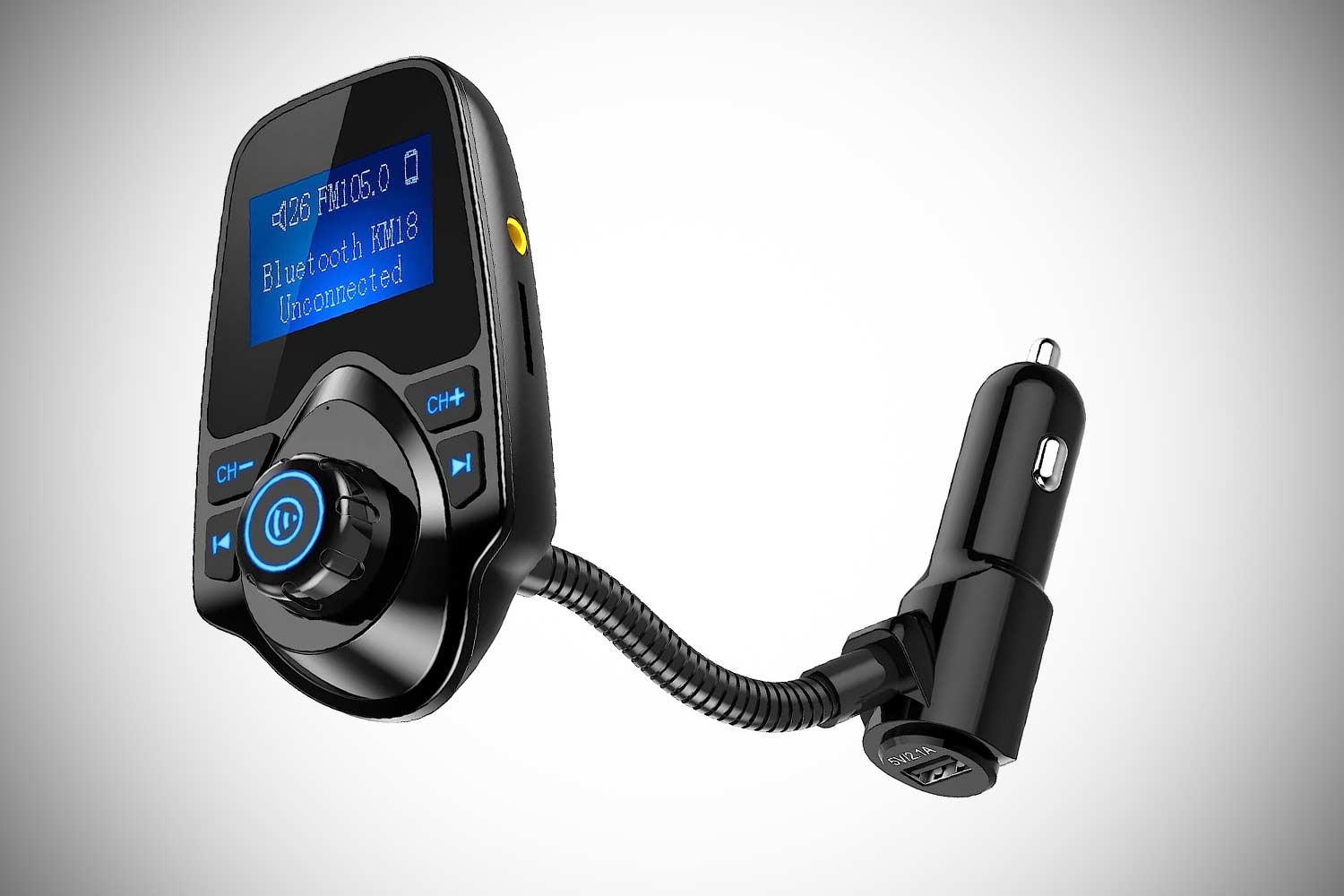

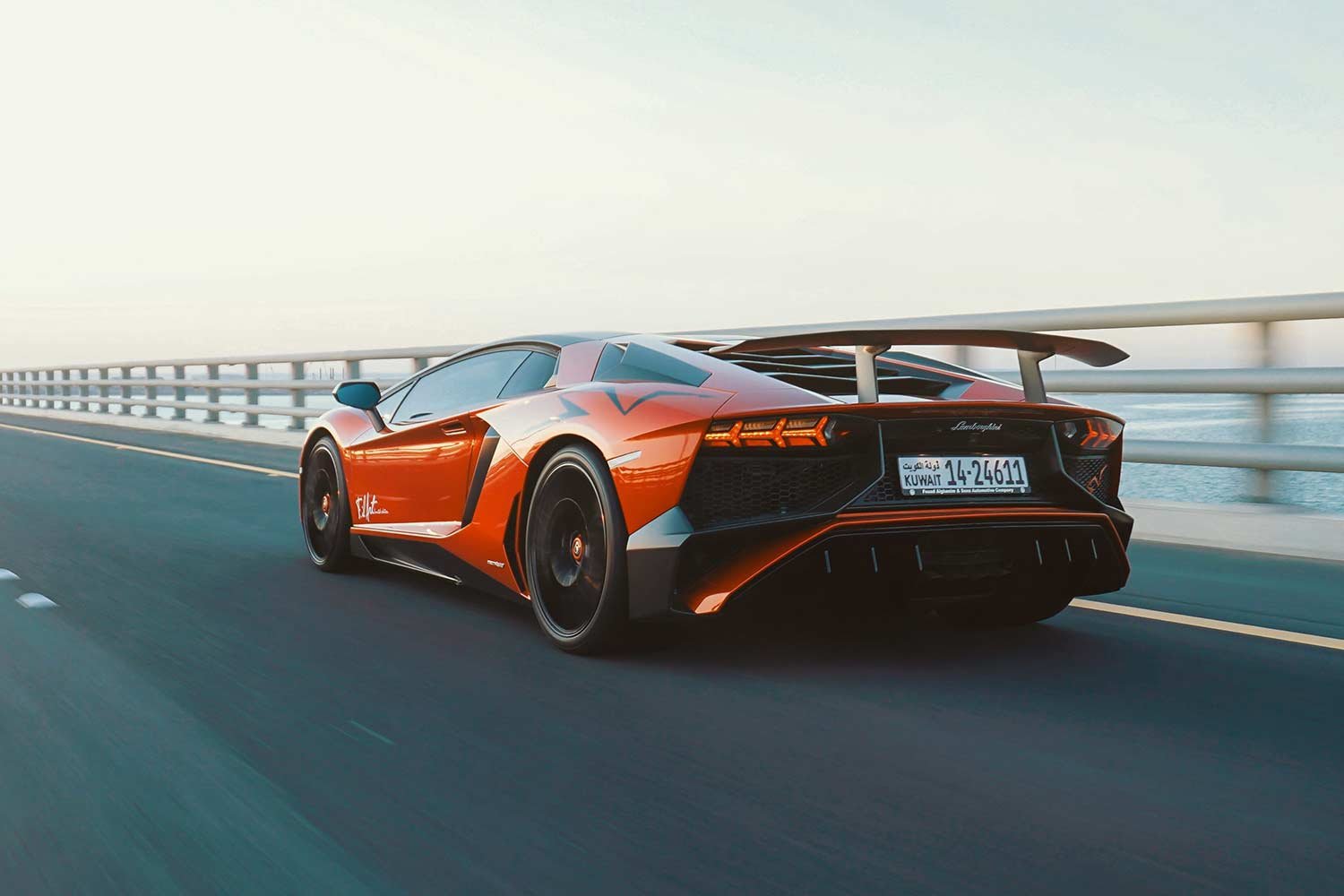





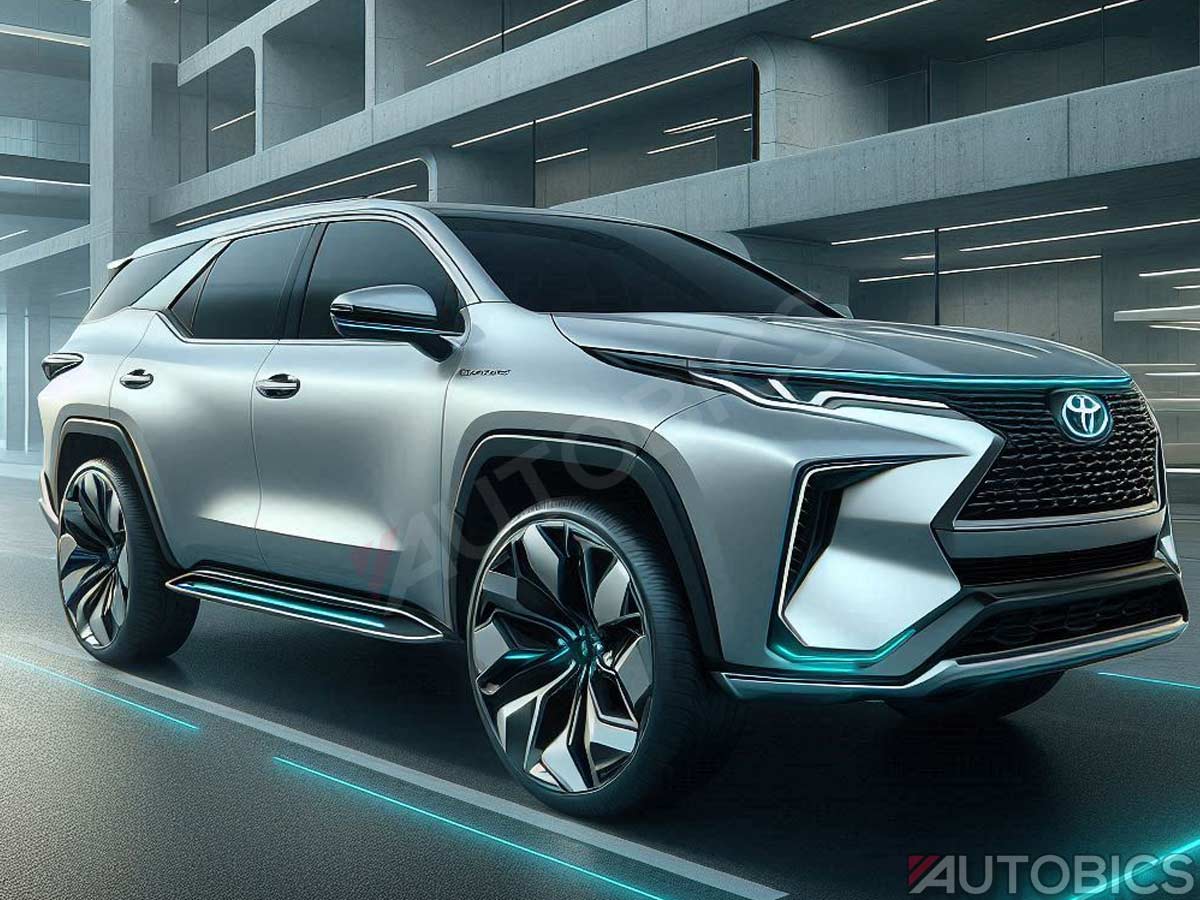

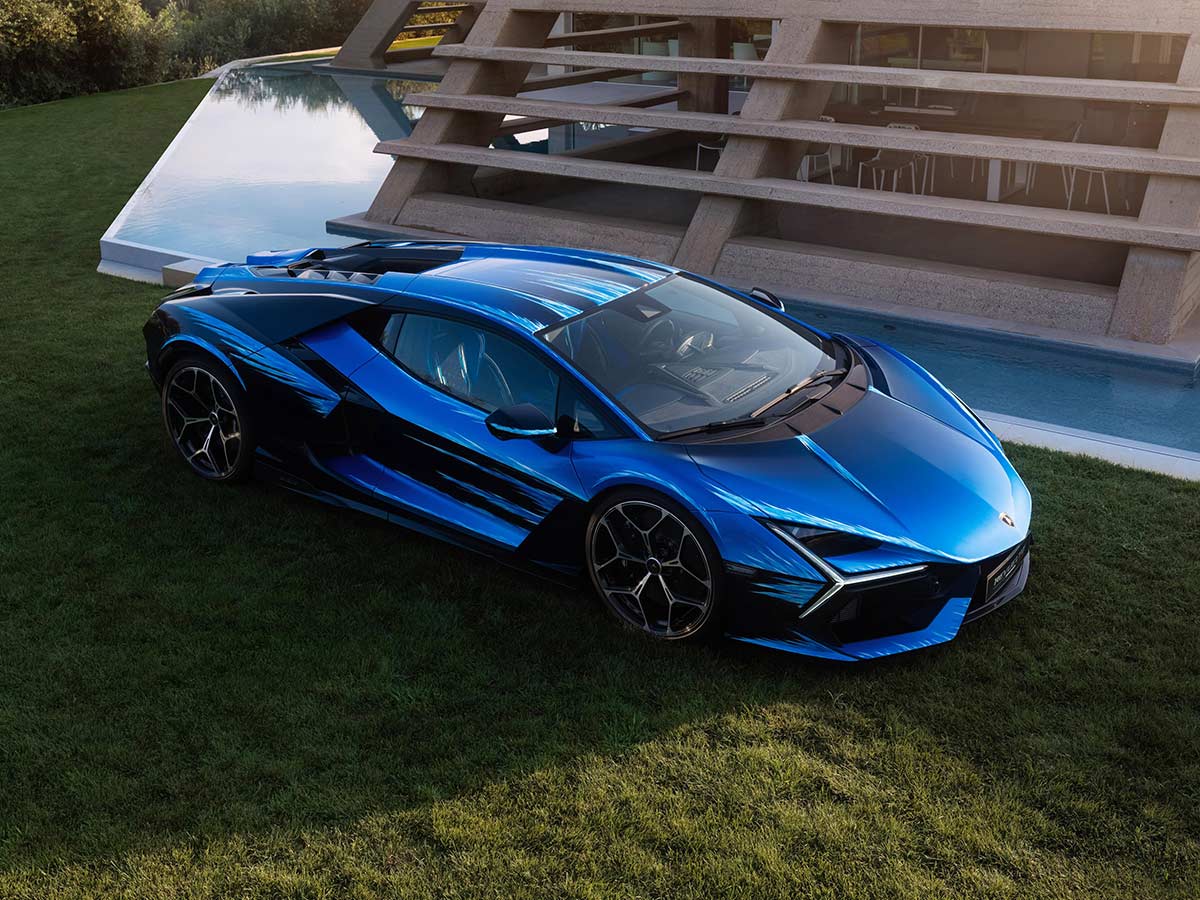
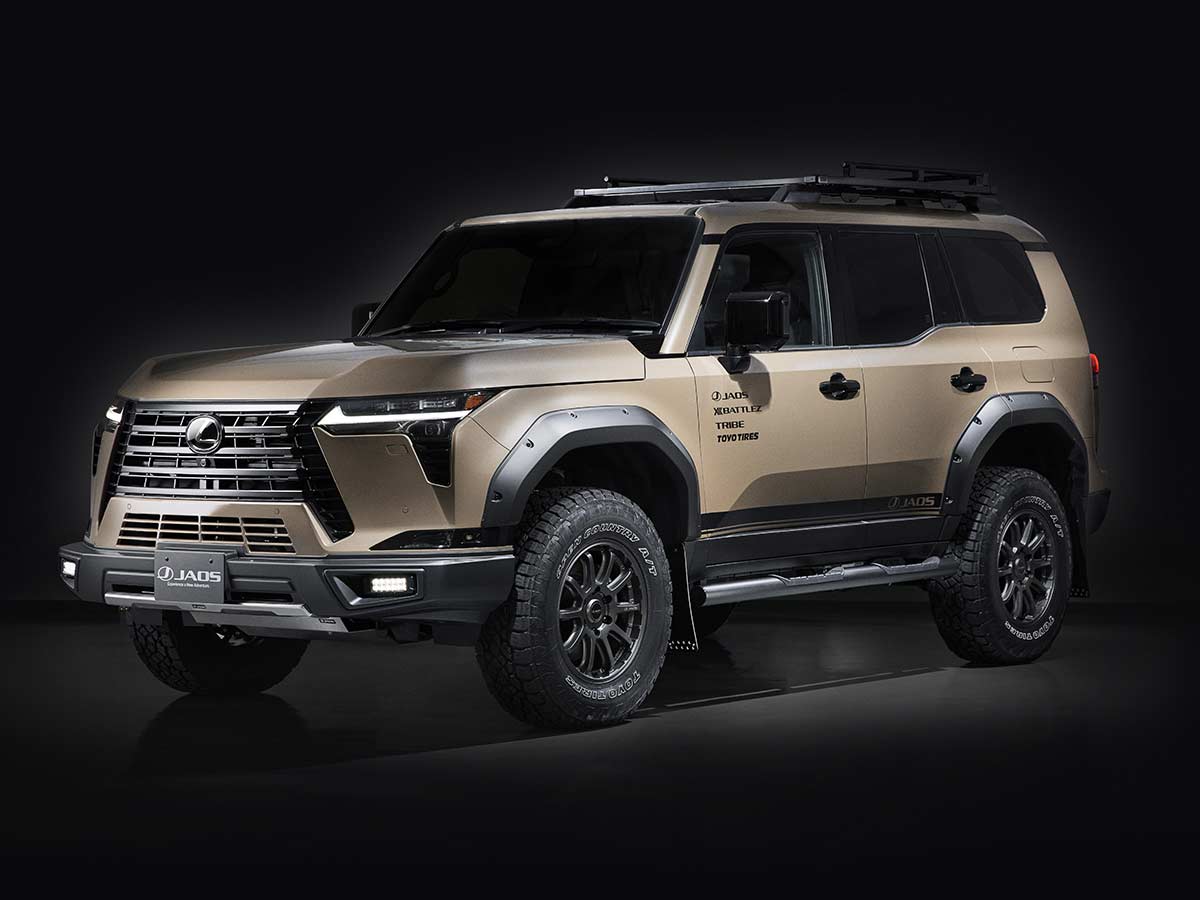

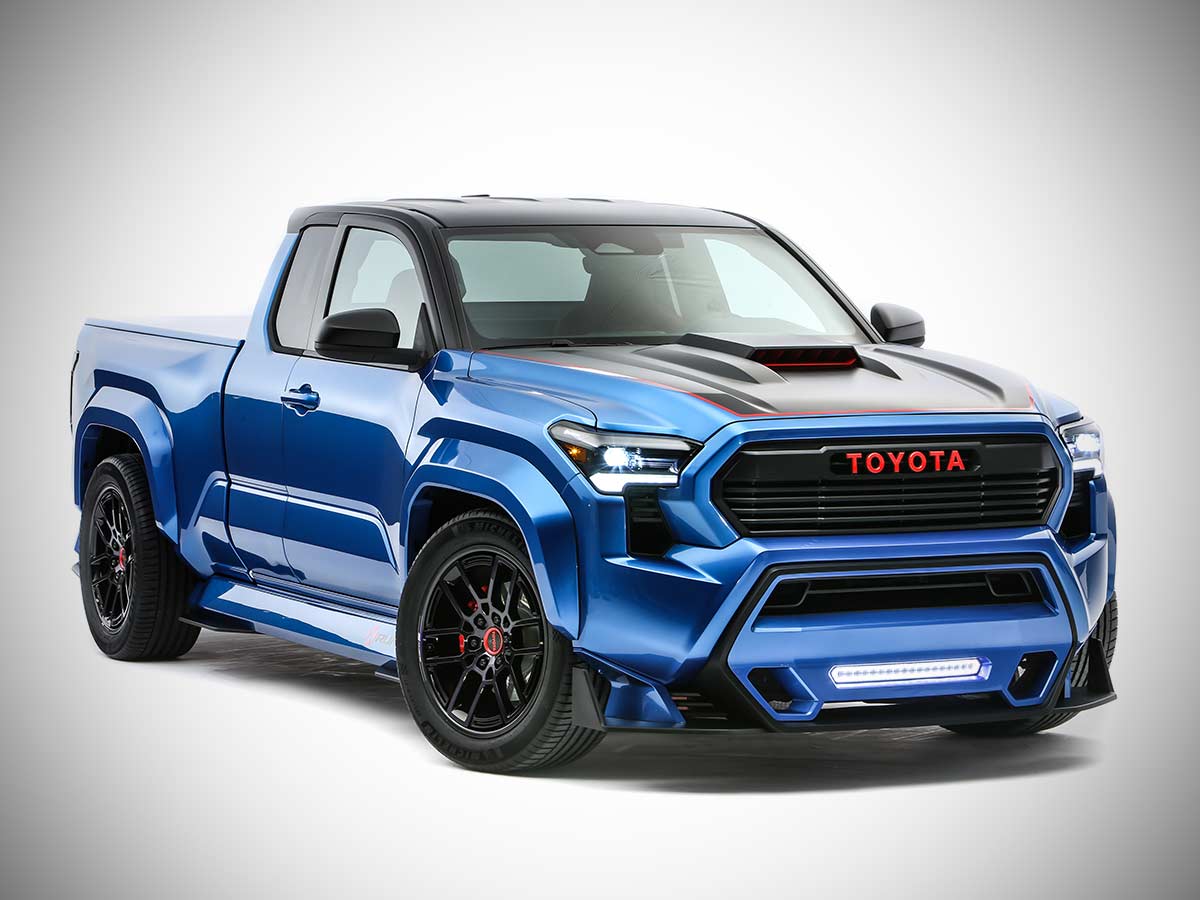

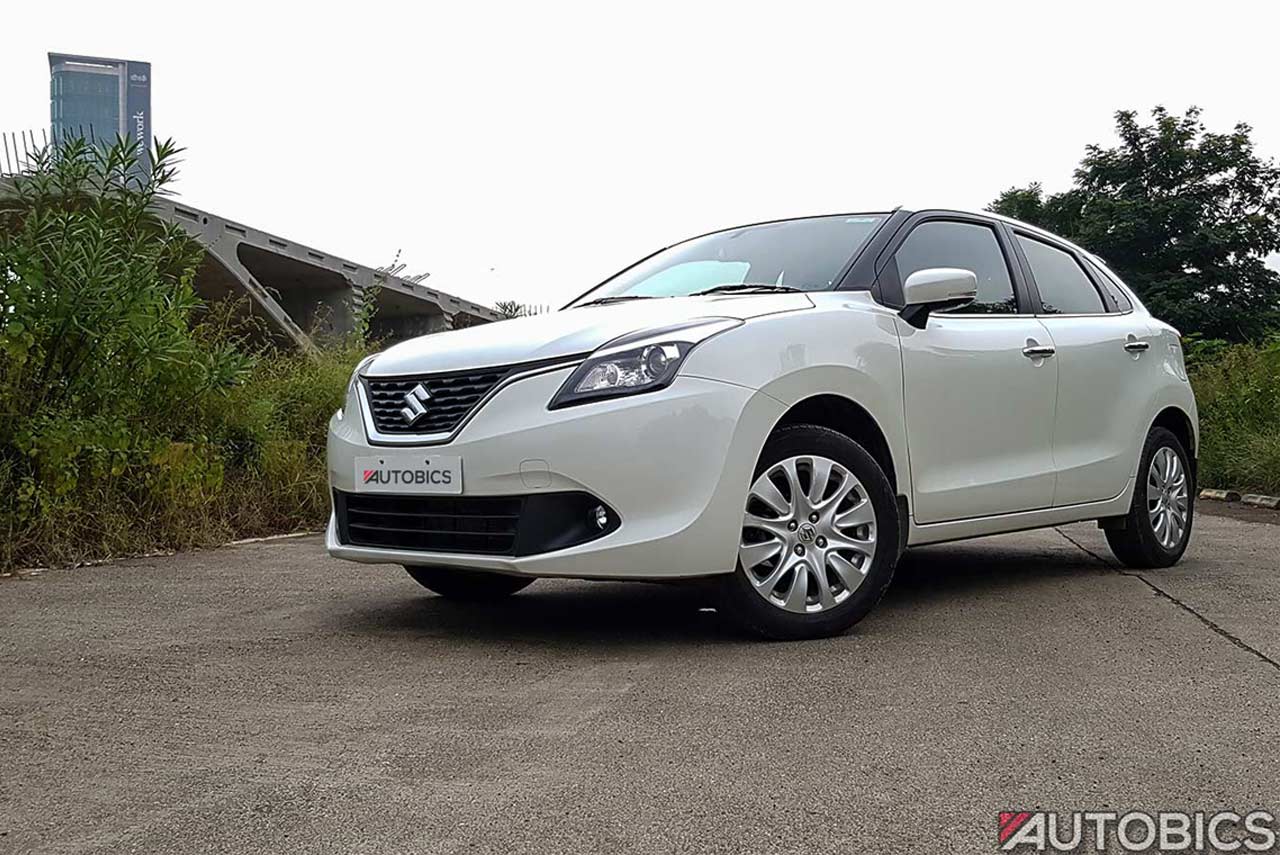

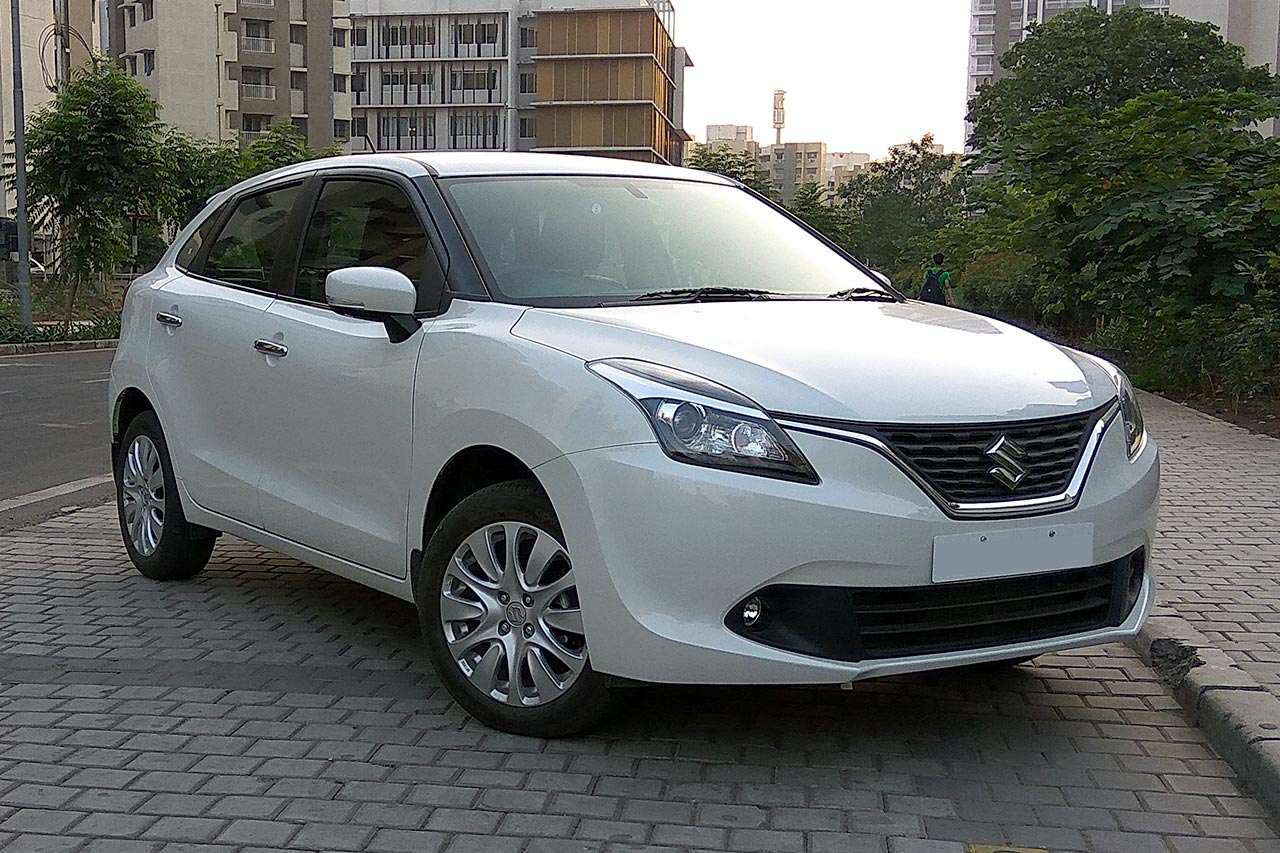


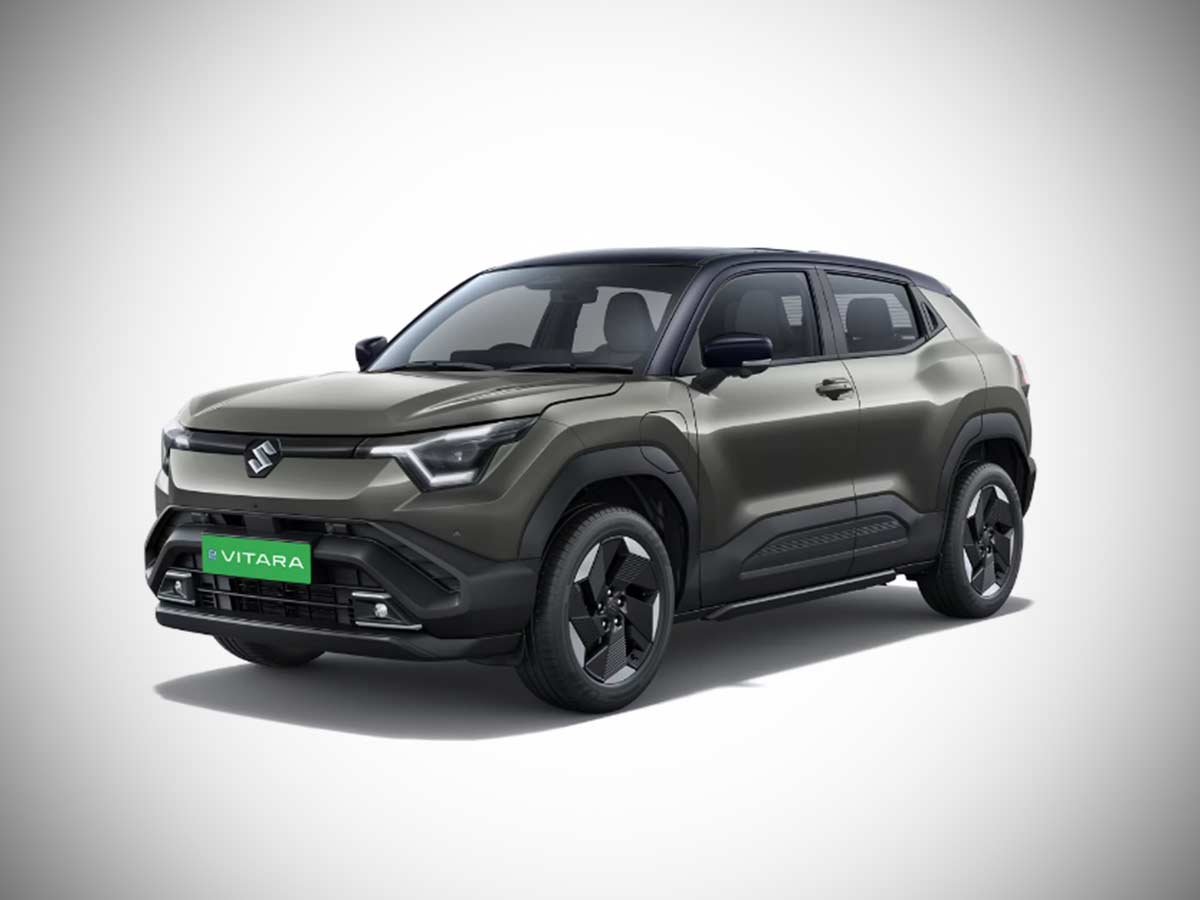

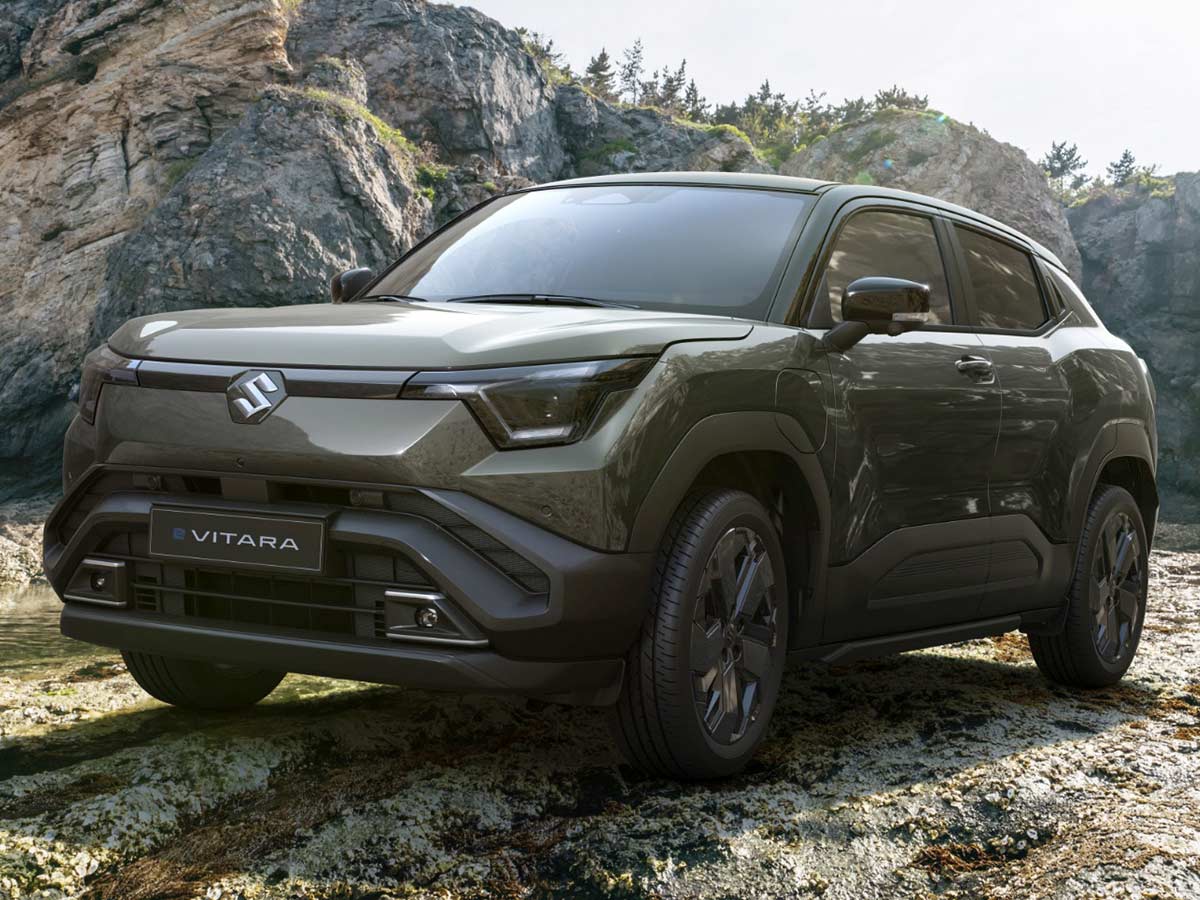
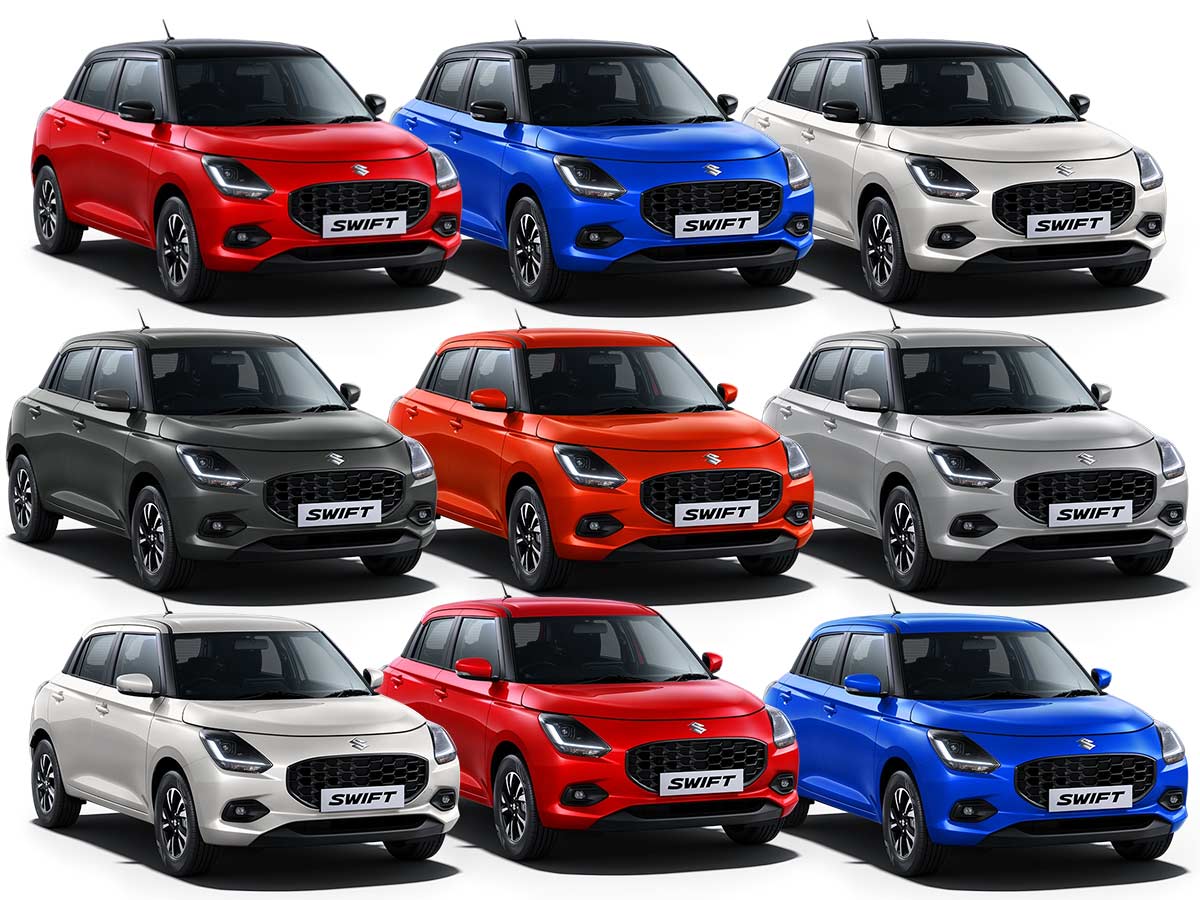

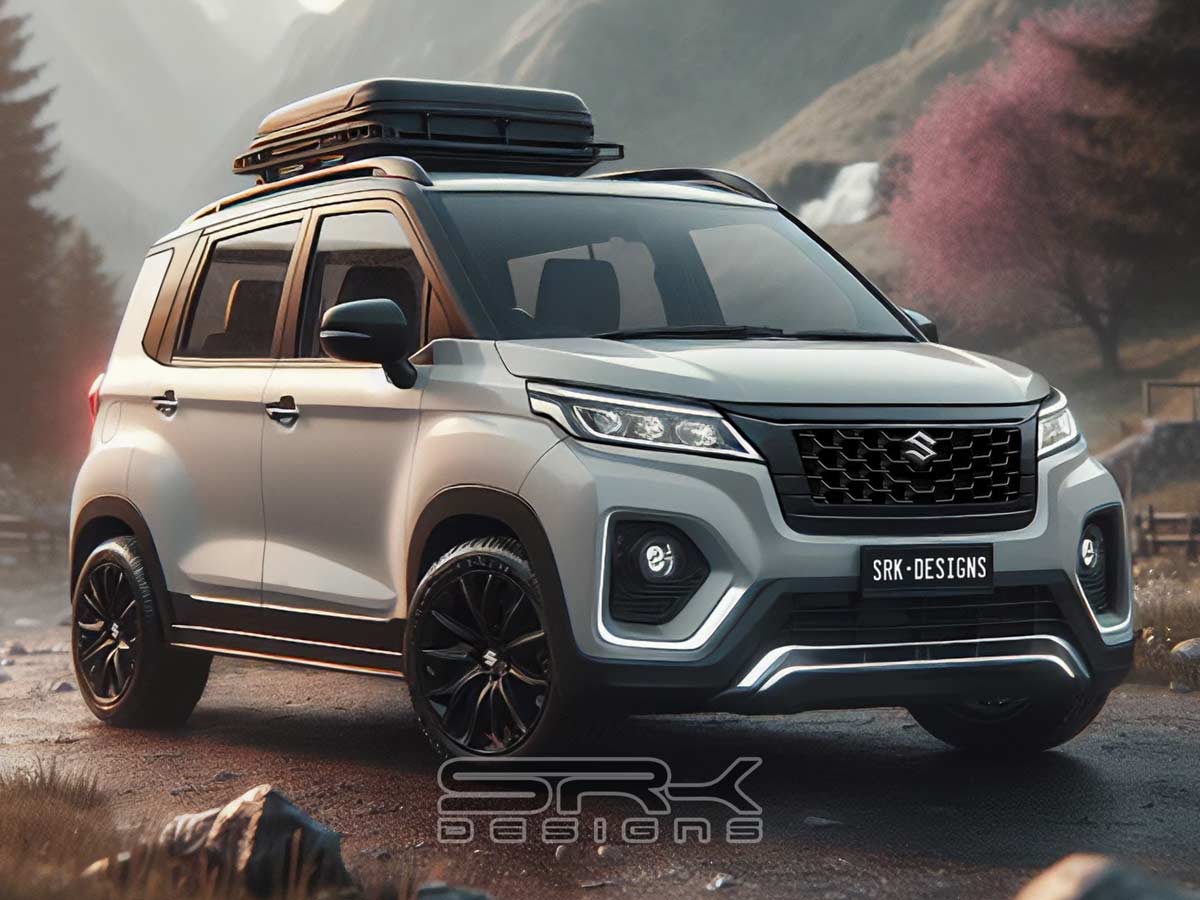

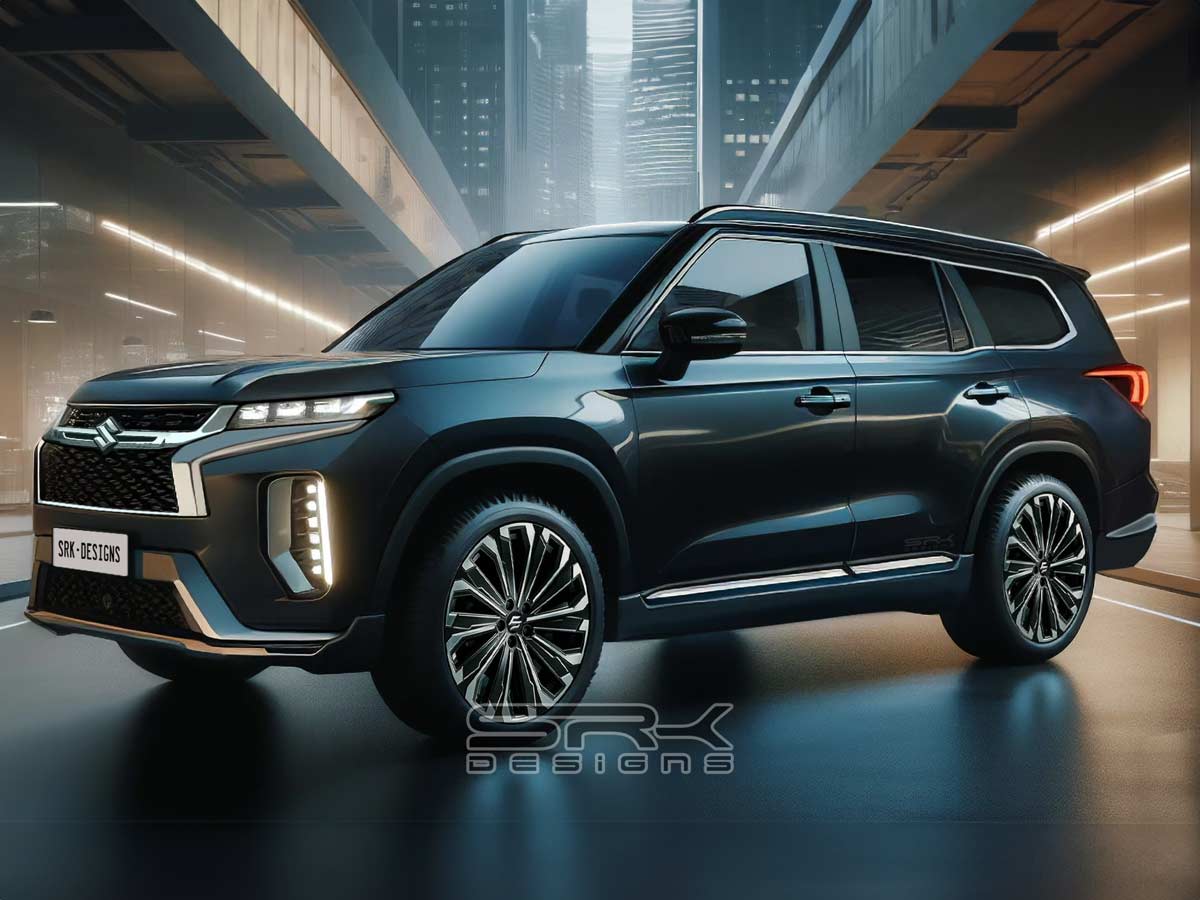

Great In-depth review of Maruti Baleno. The White Baleno looks really cool! My other favorite is Blue.
The Ray Blue was my first choice, second was the Premium Silver but I switched to the Pearl Arctic White when I saw it in person.
Hello Shoeb,
Nice in-depth review! I feel the mileage is bit less even with bumper to bumper city traffic. I’m bit afraid after reading your review, as I’ve just booked the Delta 1.2. With shooting fuel prices, I expected at least 15 kmpl for Baleno, which has light curb weight.
Thanks!
As for the mileage. It really depends on the driving conditions. The time and place where I drive, I hardly get to upshift. It is mostly 1-2-3. But when I take the car on highways or even on roads in city that are free from traffic, the mileage increases. From all the other options in this segment the Baleno will have more mileage because of its light weight. Also it really depends on your driving style.
Friend…
Don’t worry about it’s mileage. I have a diesel Delta 1.3 Baleno. You know how much it gives me? Average 29 km/ litt. minimum 27.5 an usual high way long run top mileage 31 km/litt and… to the unbelievable truth the topmost mileage ever recorded once is.. is … 37.5 km/litter, can you believe. The manual calculation at the pump and the elecrtonic pannel board display is almost correct every time. I have its proof as well. Believe me. Still doubt…? contact me at 9895803948. Please don’t doubt its mileage.